home |
electronics |
toolbox |
science club |
tuxtalk |
photos |
e-cards |
online-shop

April 8, 2024
Full solar eclipse, 2024, Montreal
This unique and rare astronomical phenomenon occurs when the Moon is placed between the Earth and the Sun and completely hides it for a short period of time. Partial eclipses are occurring every few years but full eclipses are rare unless
you fly to different locations around the earth.
This eclipse is a unique event for Quebec, Canada. It was the first total eclipse in this area since 1972.
The path of the solar eclipse:

Dark blue area: full eclipse, everywhere else partial eclipse. Red dot: My location
Preparations
To observe the eclipse you obviously need solar eclipse glasses otherwise you can't look into the sun. To take pictures you have to have similar filters for your camera. You need a camera with optical zoom. For my small camera I cut some cardboard solar eclipse glasses into pieces and taped one of the lenses on top of a ring from a toilet paper roll. This way it can be attached to the lens of the camera. For my bigger camera I built a similar setup using a welding glass. The welding glass is however not dark enough and you have to add in addition an ND filter.
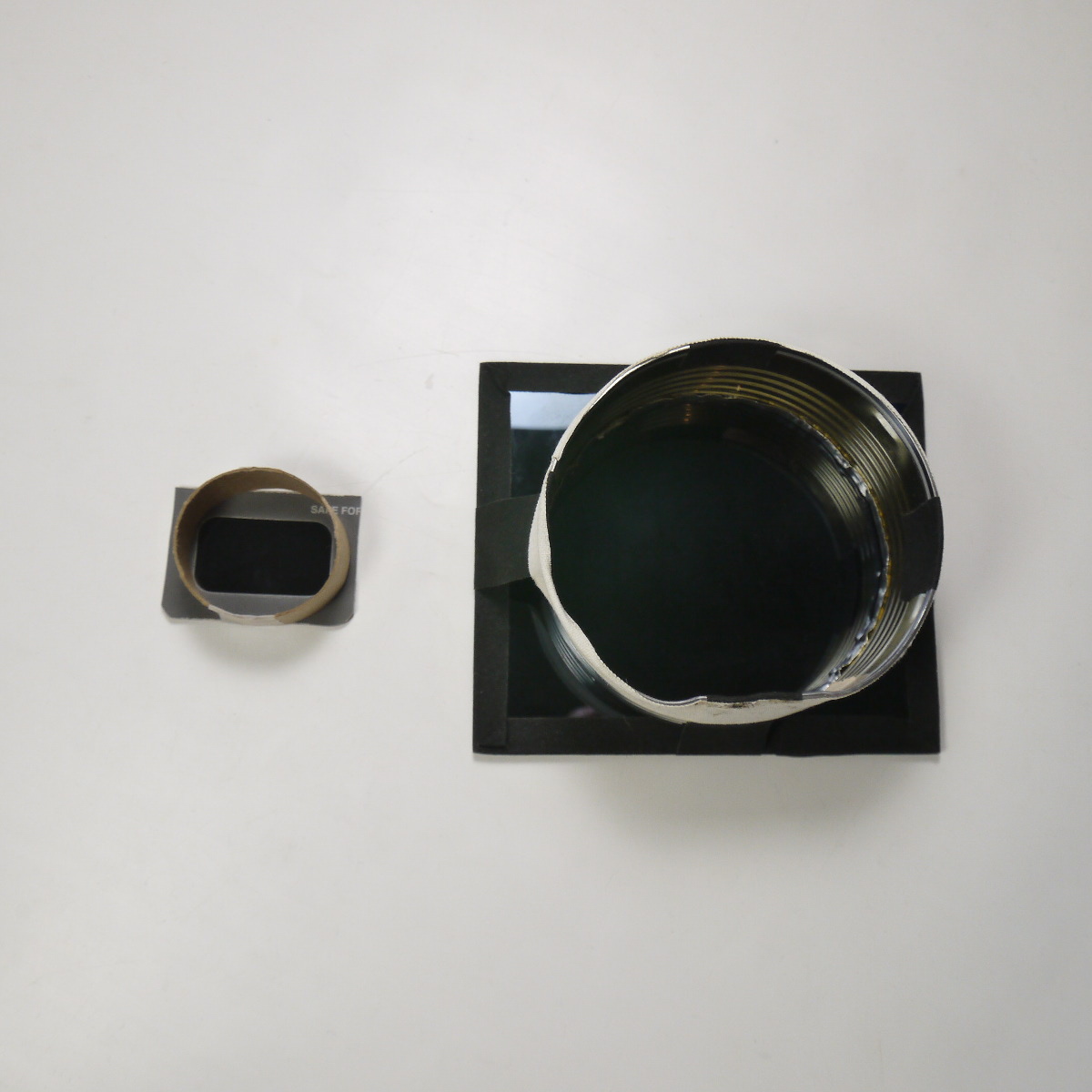
homemade filter attachments for different cameras
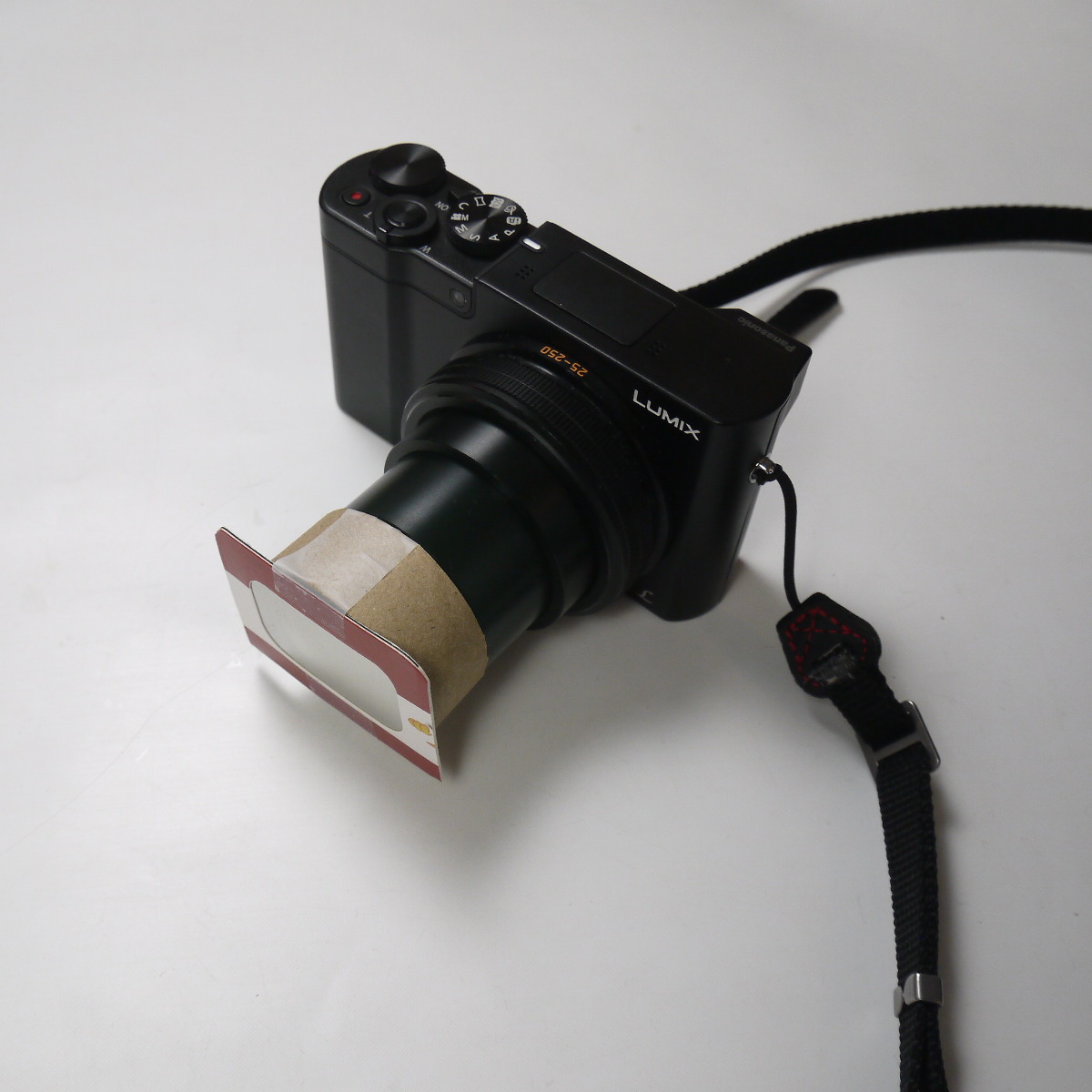
How this filter attaches to the camera. The big filter with the welding glass attaches in the same way. It's just for a camera with a bigger lense.
It's a good idea to test your setup a few weeks before the event by taking pictures of the sun. This way you can still buy additional components if needed.
The welding glass is green so you get green pictures. The solar eclipse glasses result in orange pictures. In reality the sun would be white.
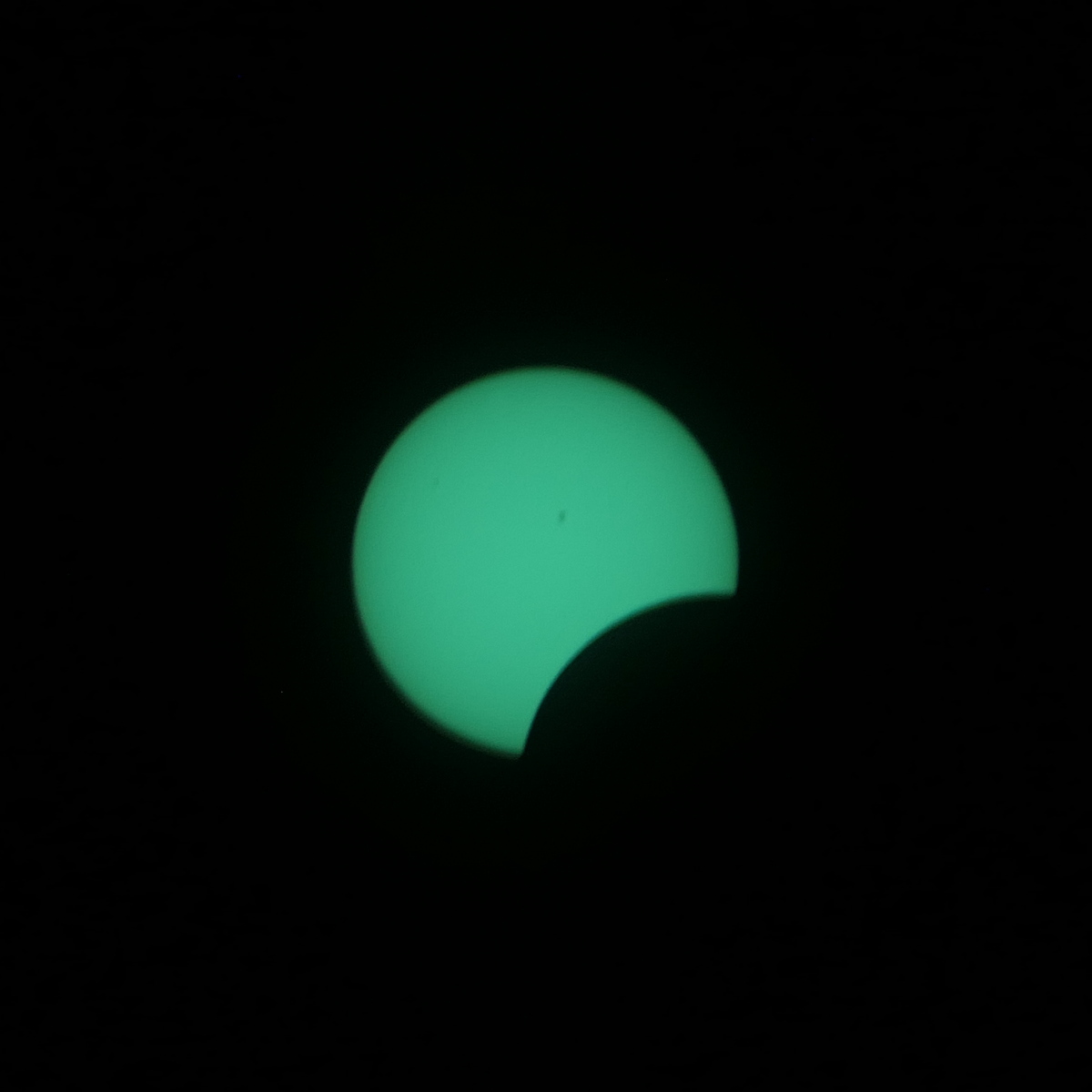
picture taken with a welding glass
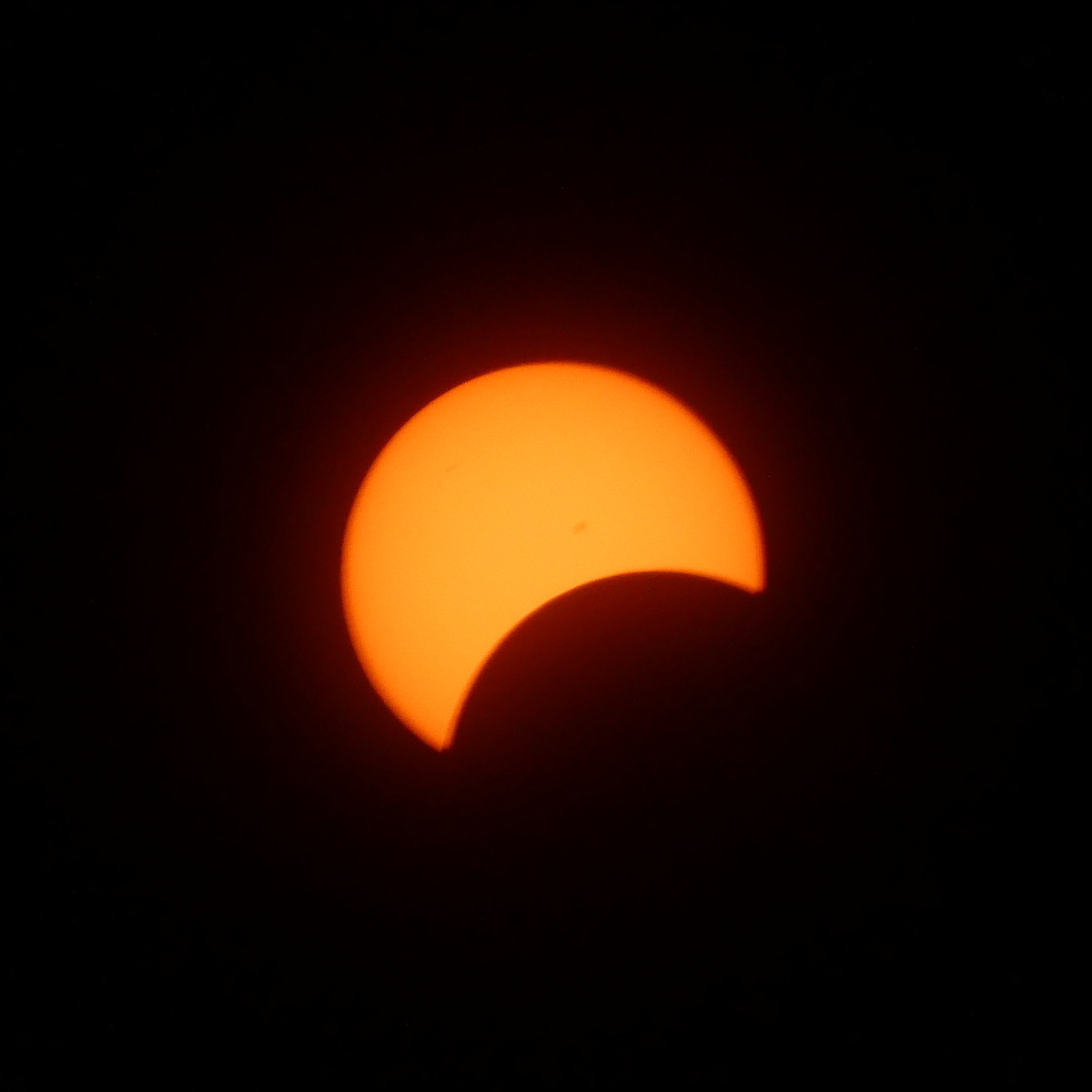
picture taken with modified eclipse glasses
The slight grey spot on the sun (to the center right) is a sun spot.
The solar eclipse
The day started with a clear sky but a thin cloud cover moved-in during the afternoon. Fortunately the clouds were thin enough to still allow us to observe the sun.
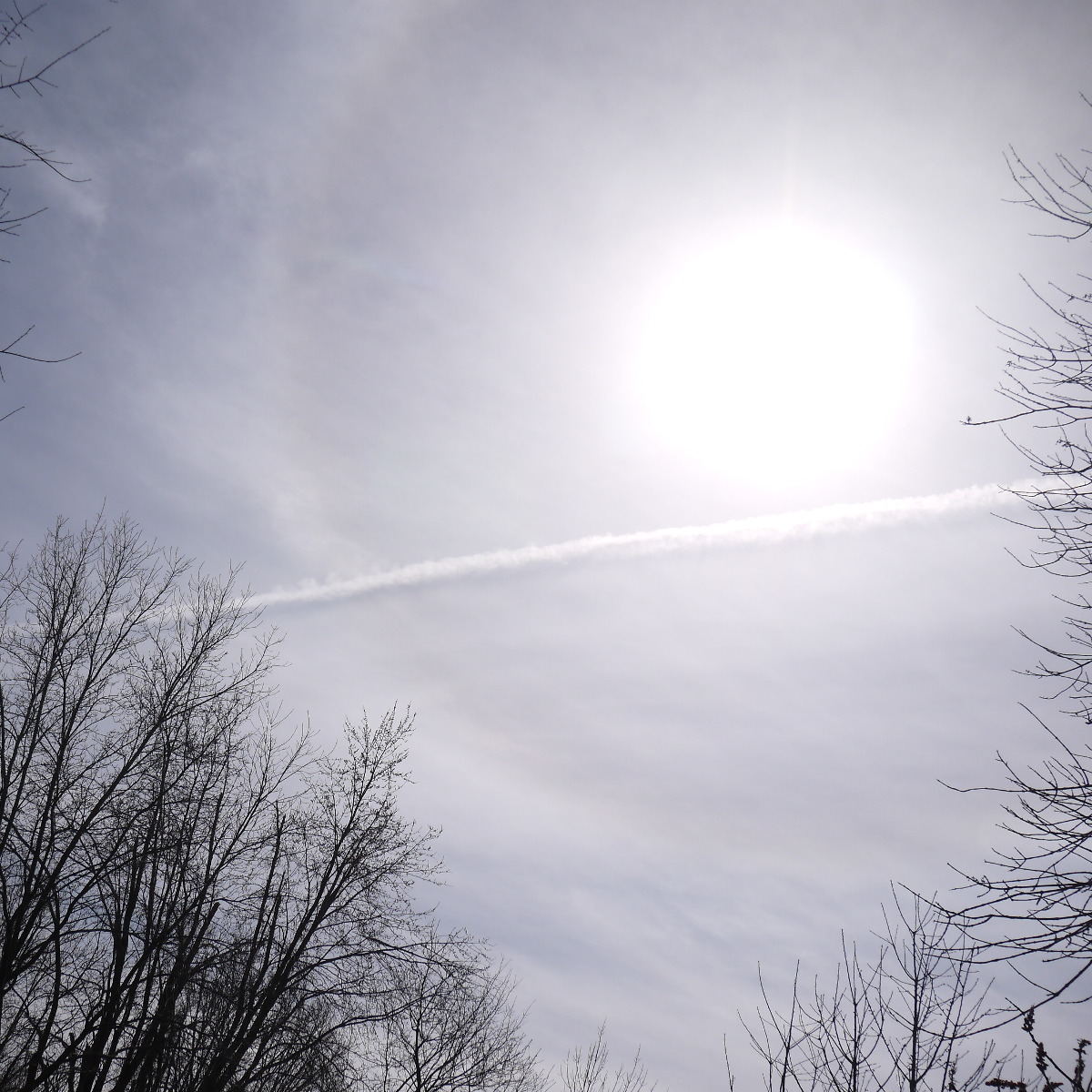
Apr 8, 14:13
The timeline:
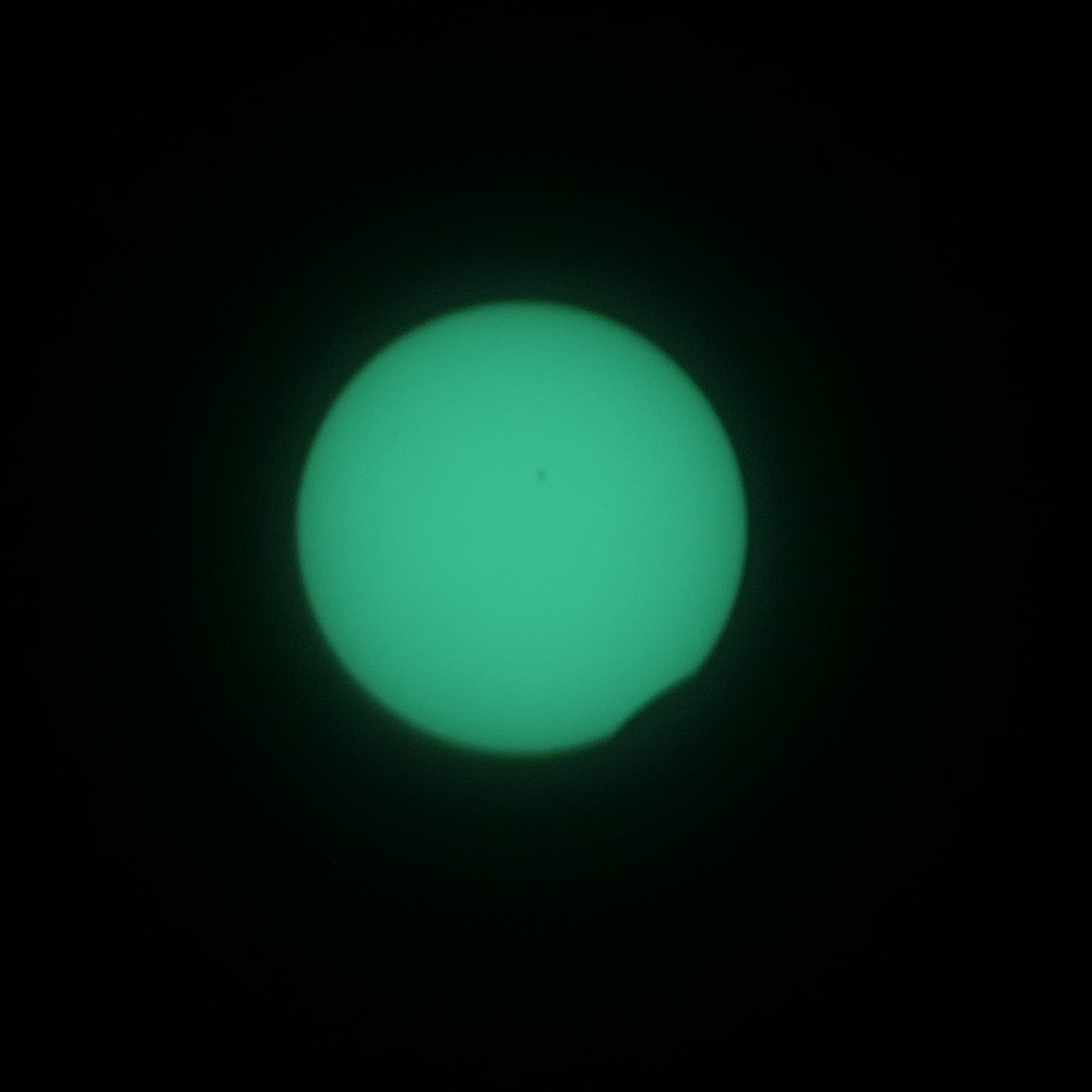
Apr 8, 14:15
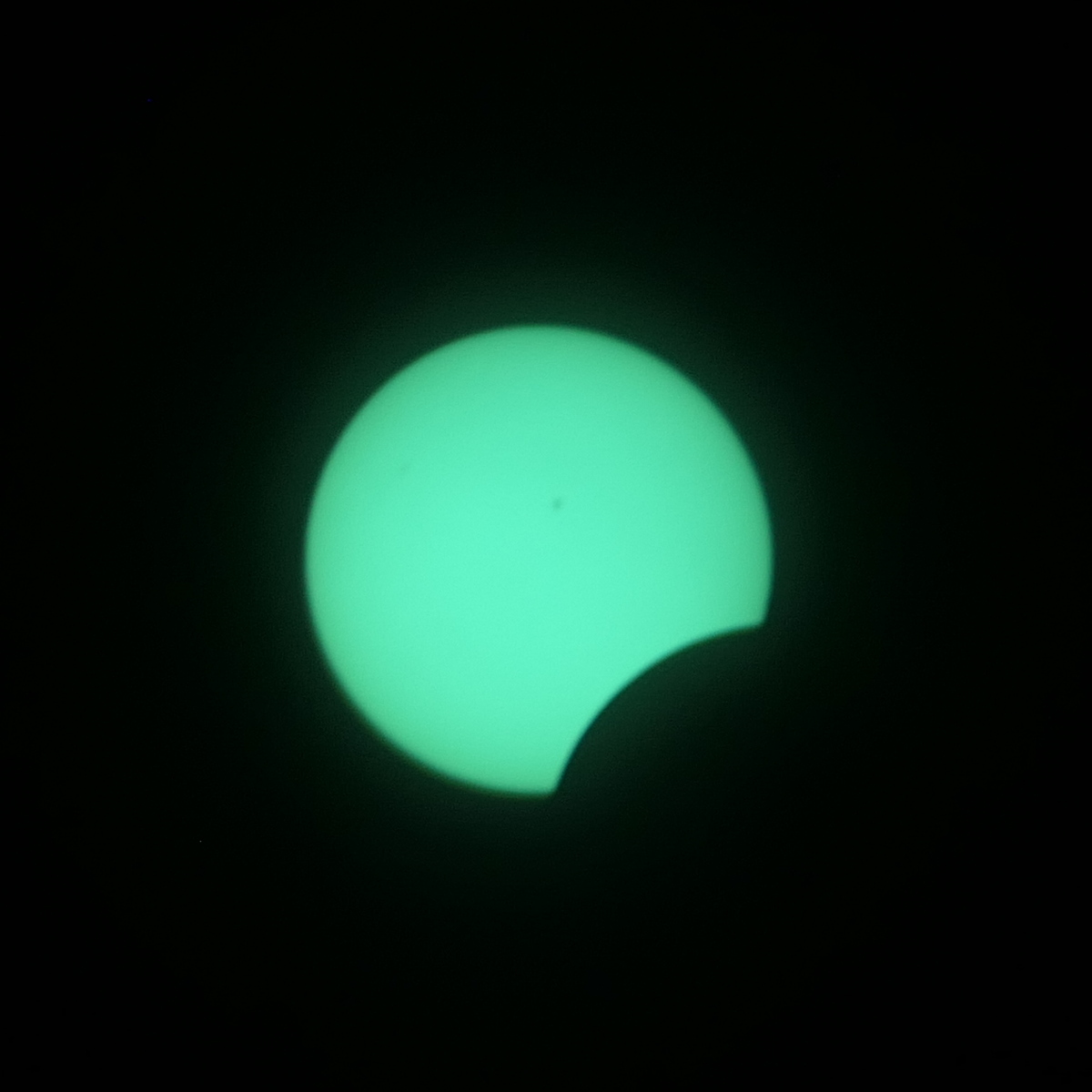
Apr 8, 14:26

Apr 8, 14:33
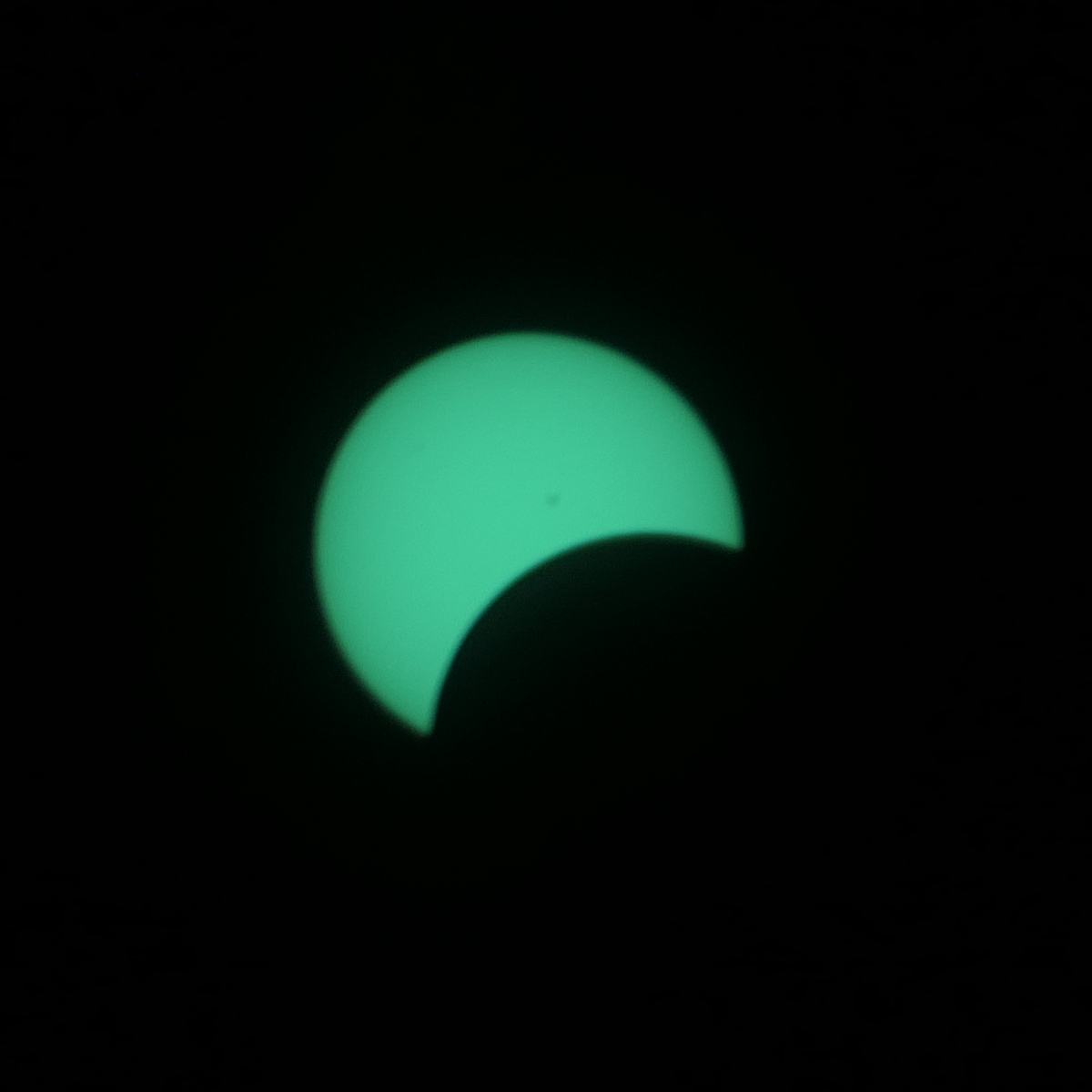
Apr 8, 14:47
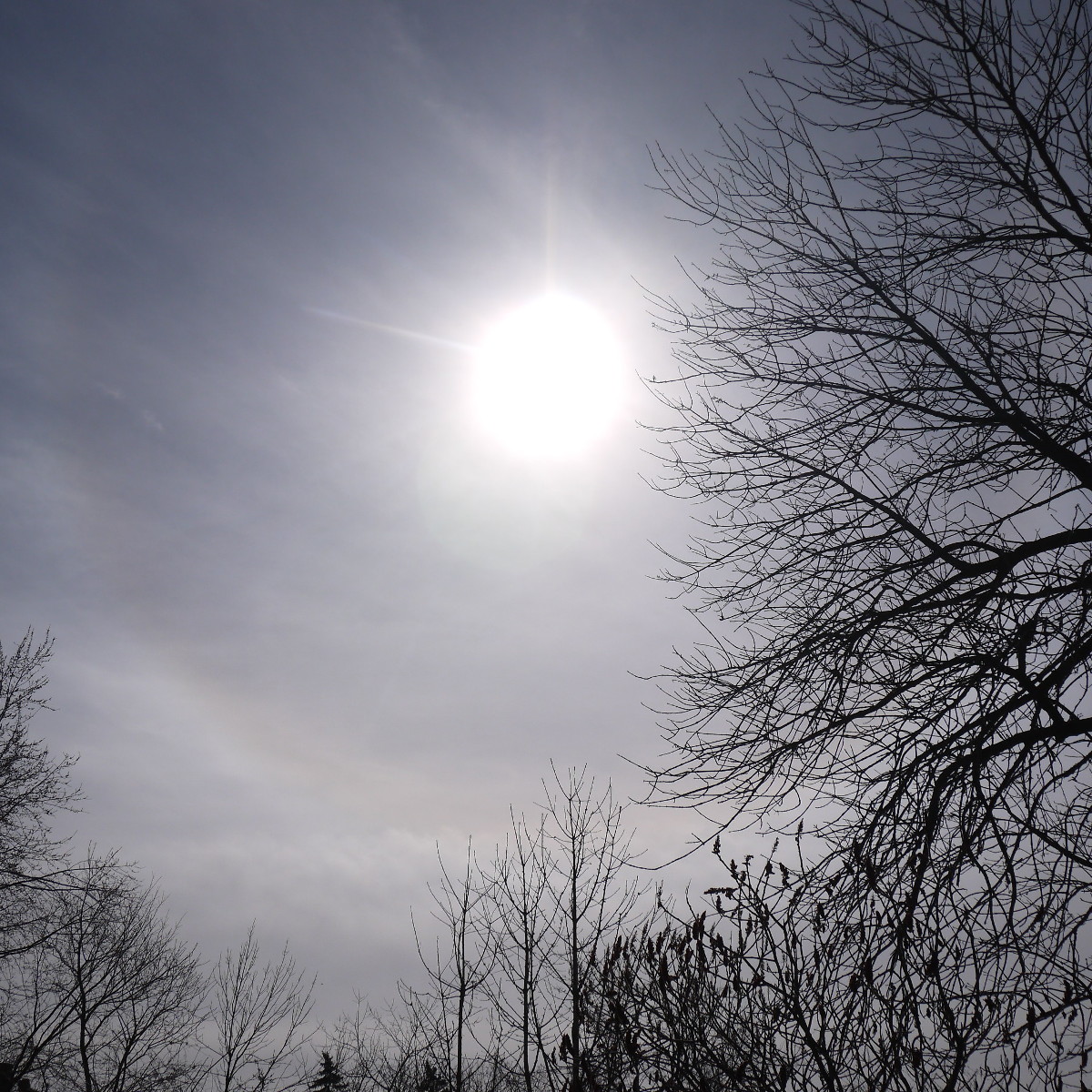
Apr 8, 14:51, about 50% of the sun is now covered but with plain eyes you still don't notice a significant difference
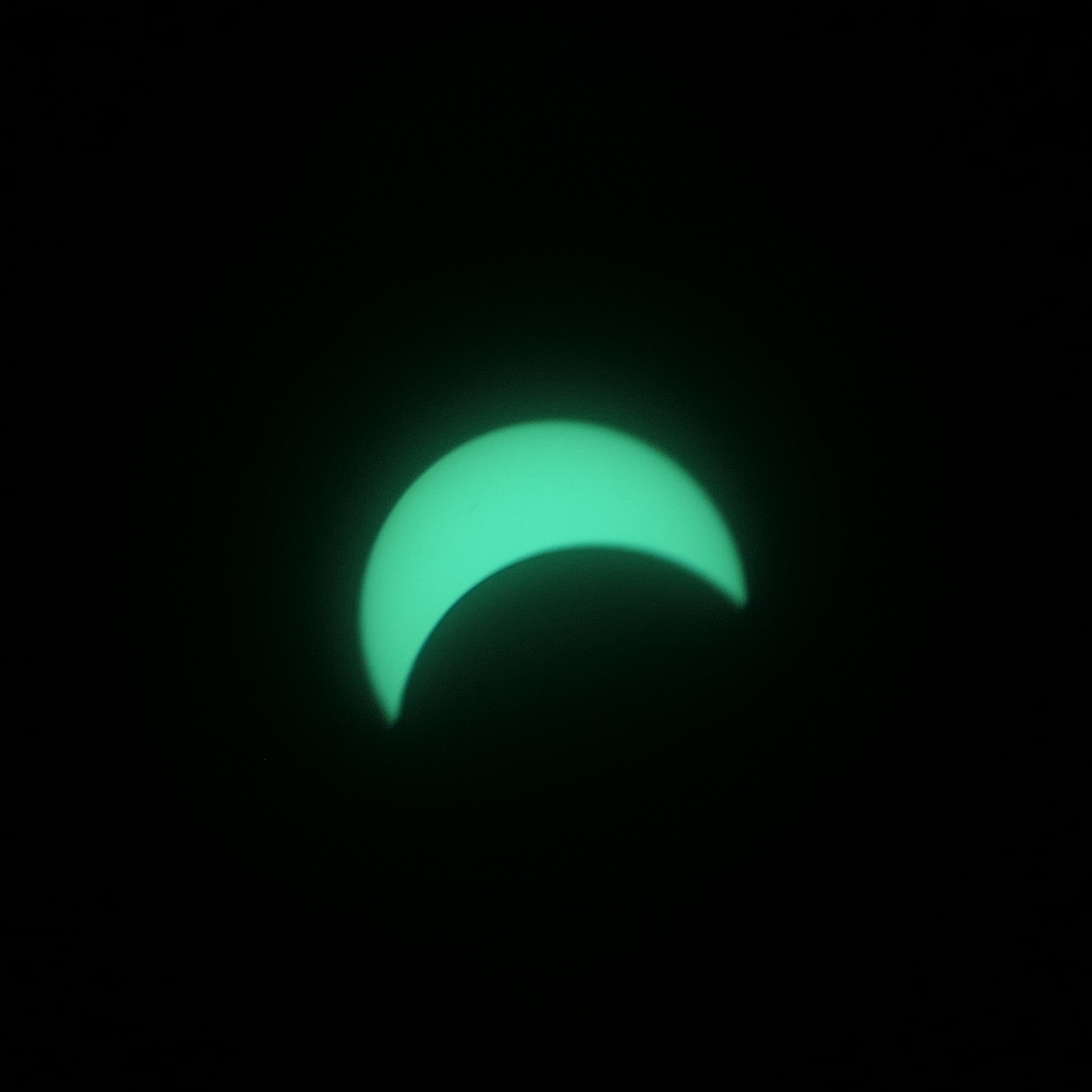
Apr 8, 15:02
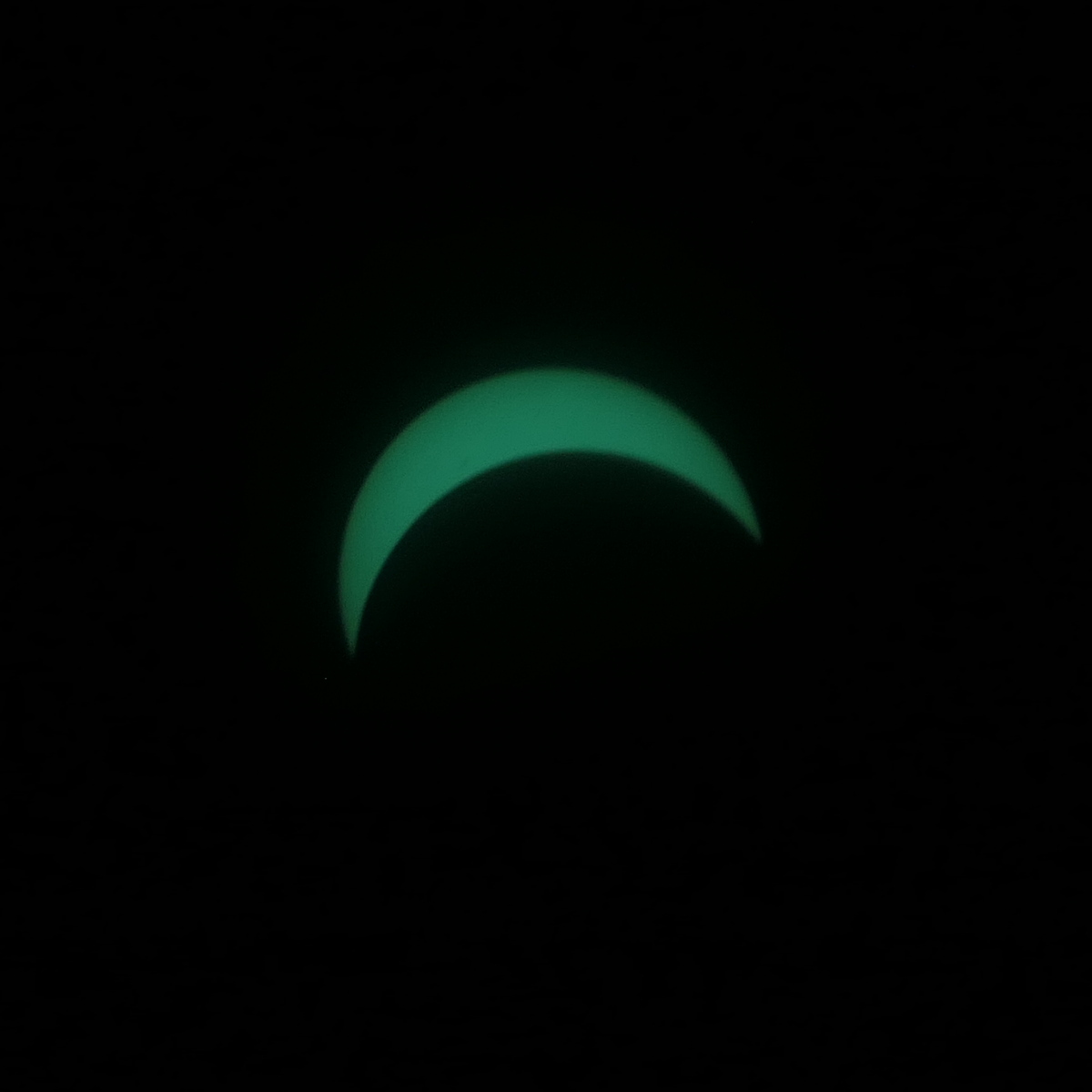
Apr 8, 15:11
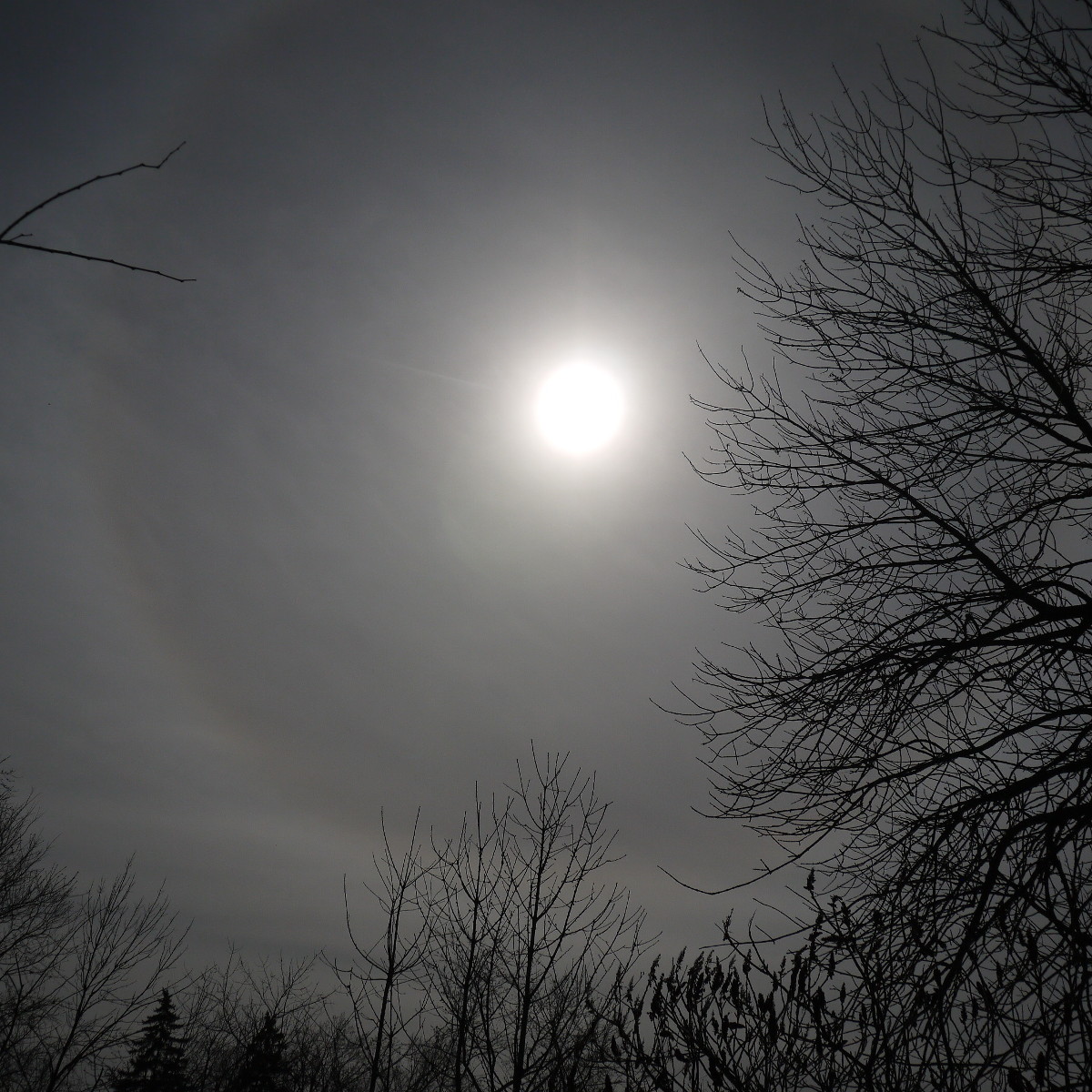
Apr 8, 15:13, it's getting noticably darker
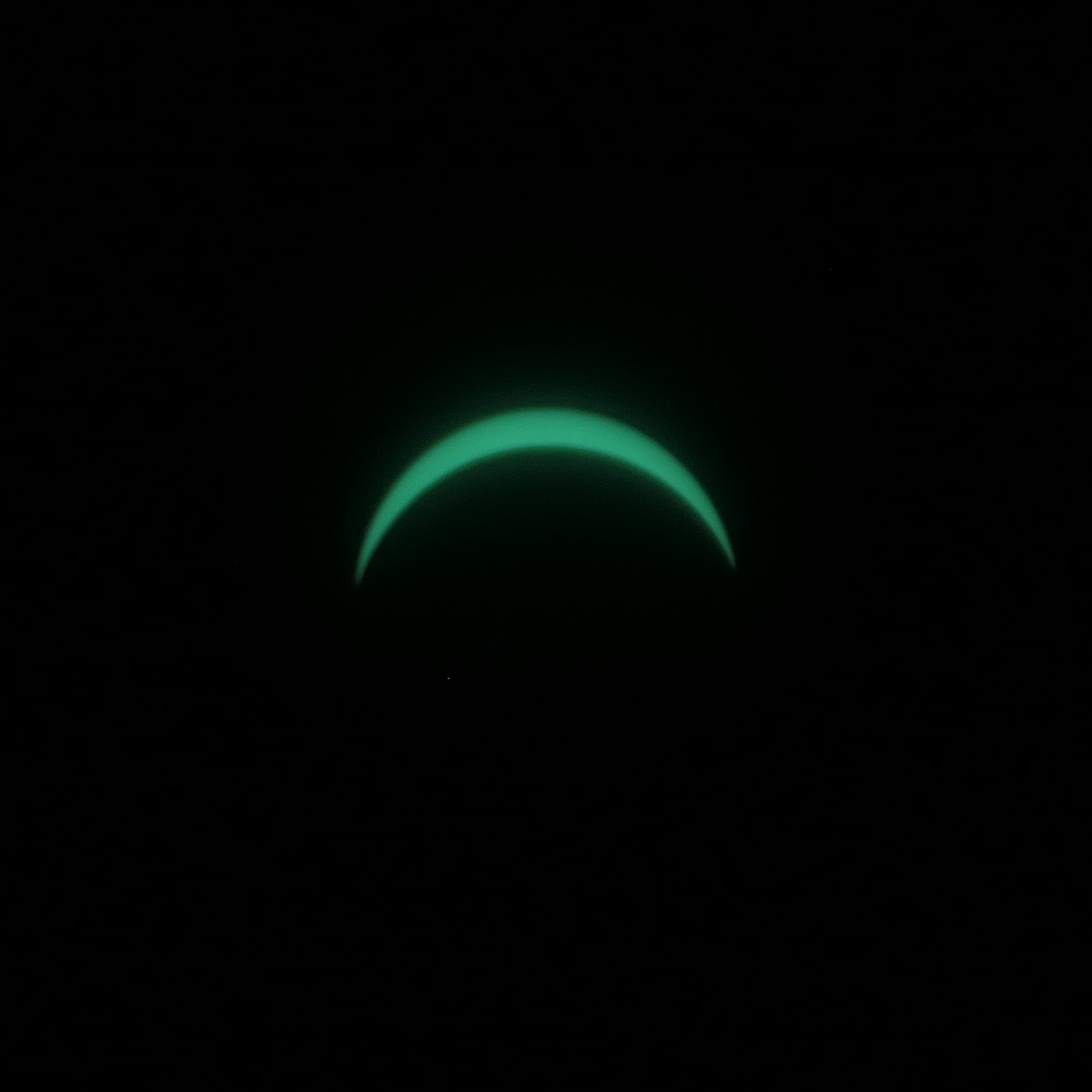
Apr 8, 15:19
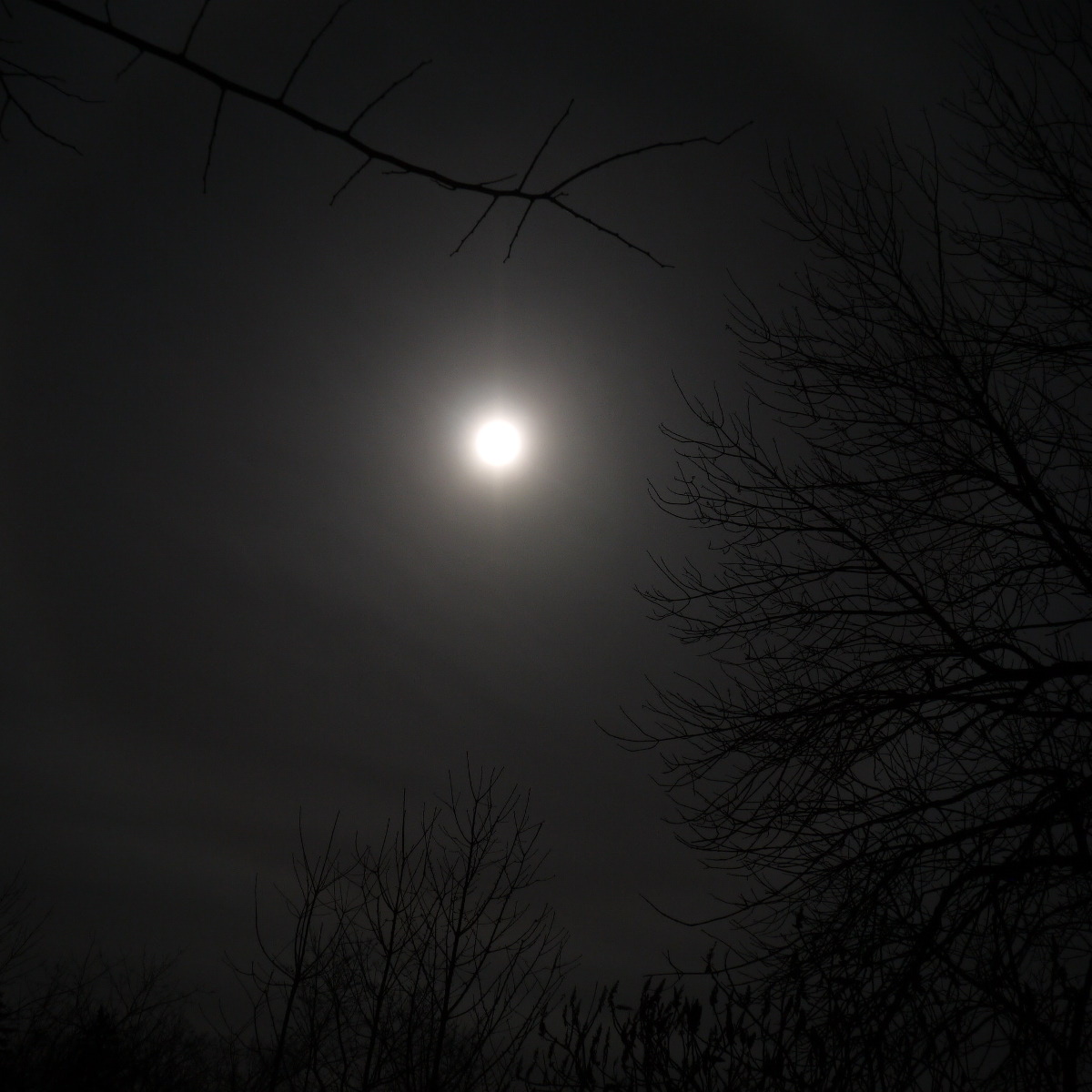
Apr 8, 15:20, now it feels like evening. The birds came out and started to sing. This event must have been confusing for them too.
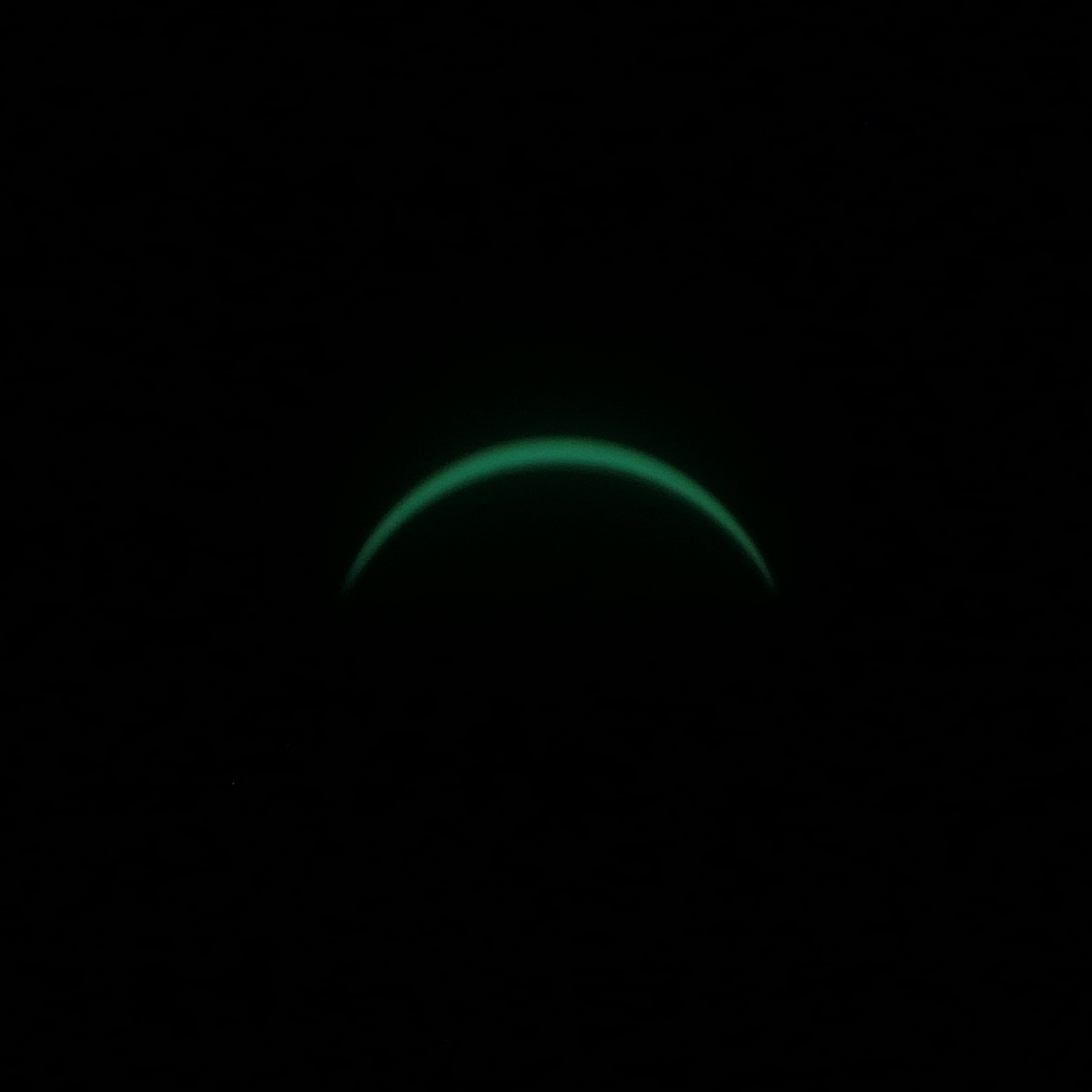
Apr 8, 15:22
When the sun is totally covered by the moon then it's possible to take the filters off the camera and one gets the most amazing view of the eruptions of hot liquid material and gasses thrown out by the sun (corona). During this time it's also dark enough to look at the sun with just your eyes.
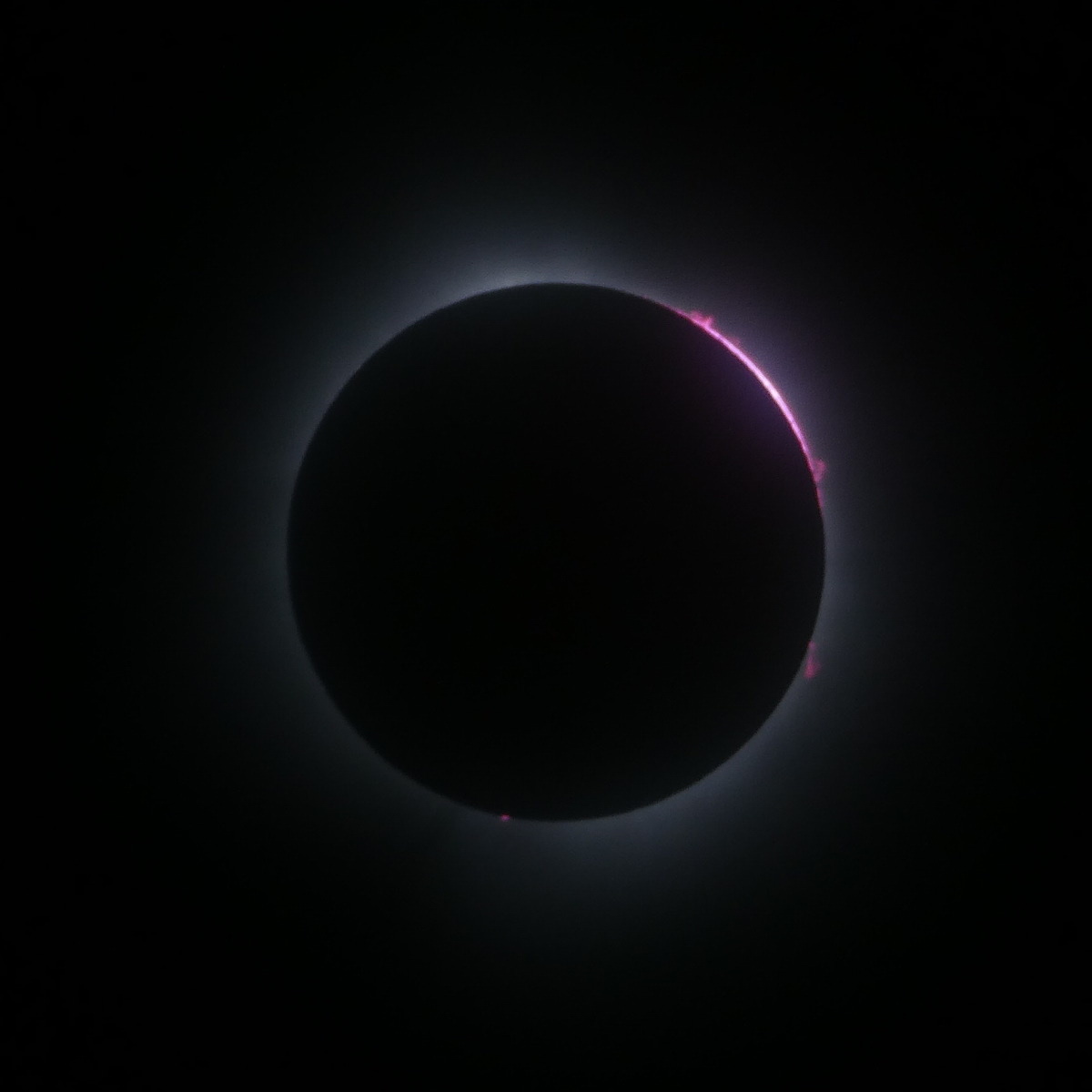
Apr 8, 15:26
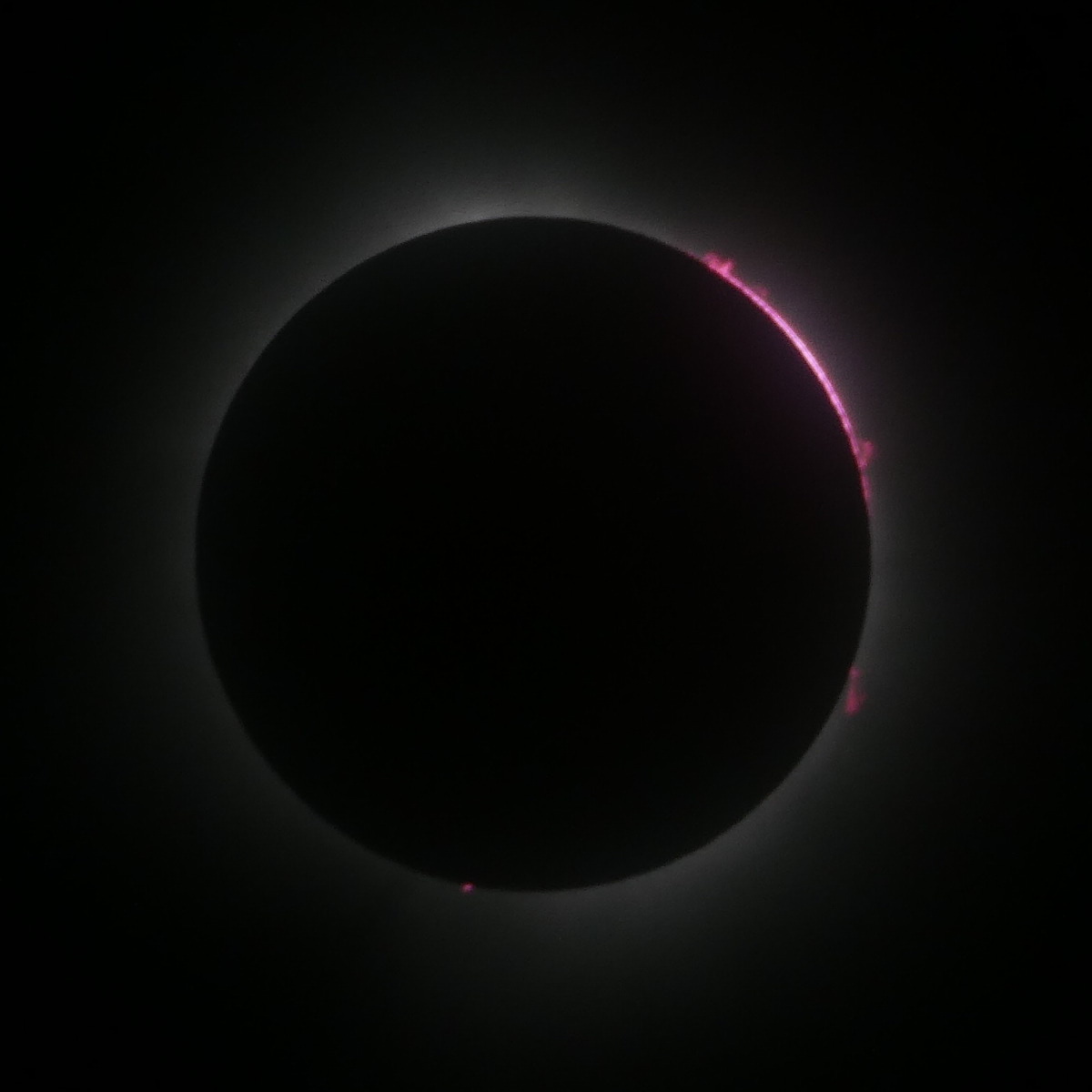
Apr 8, 15:26
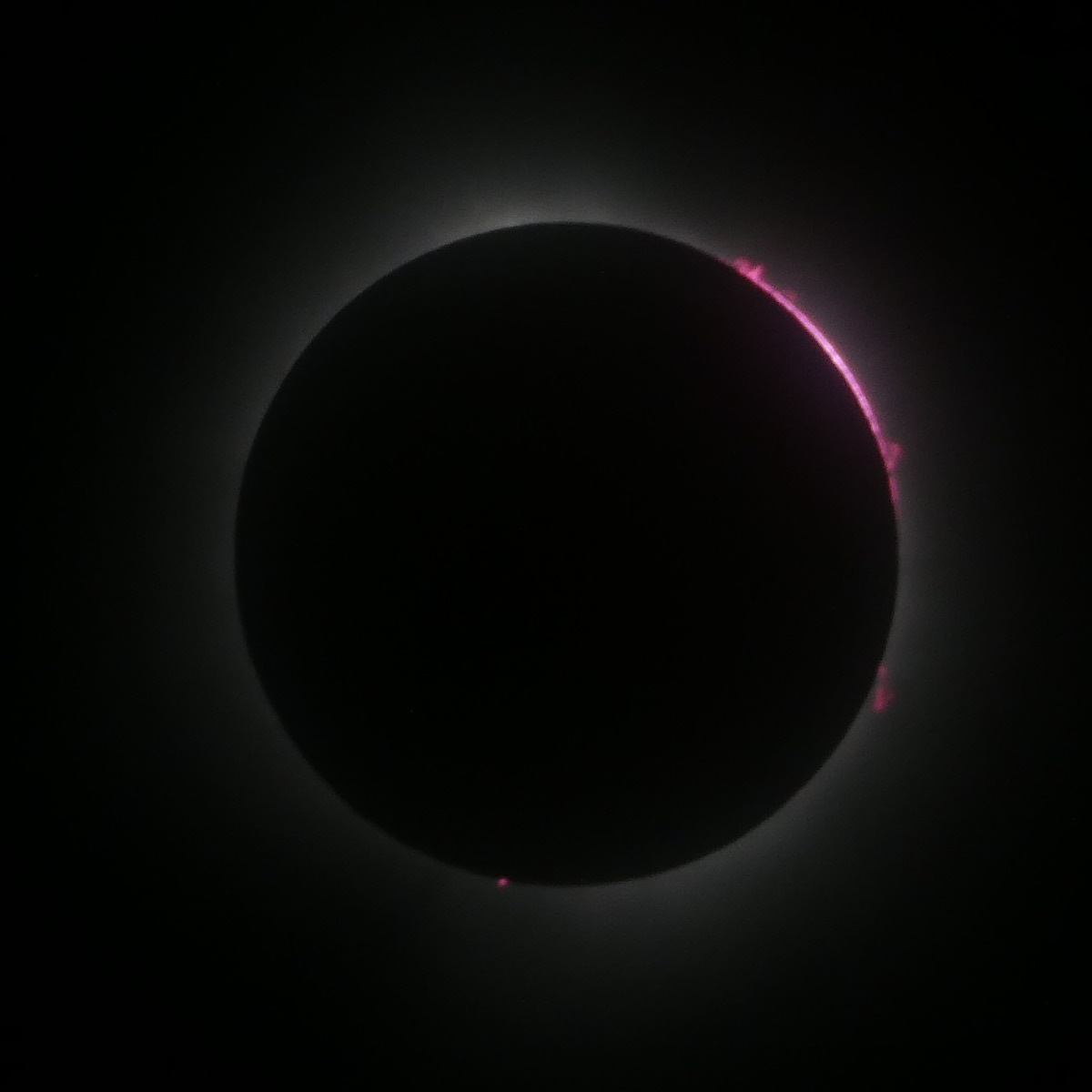
Apr 8, 15:26
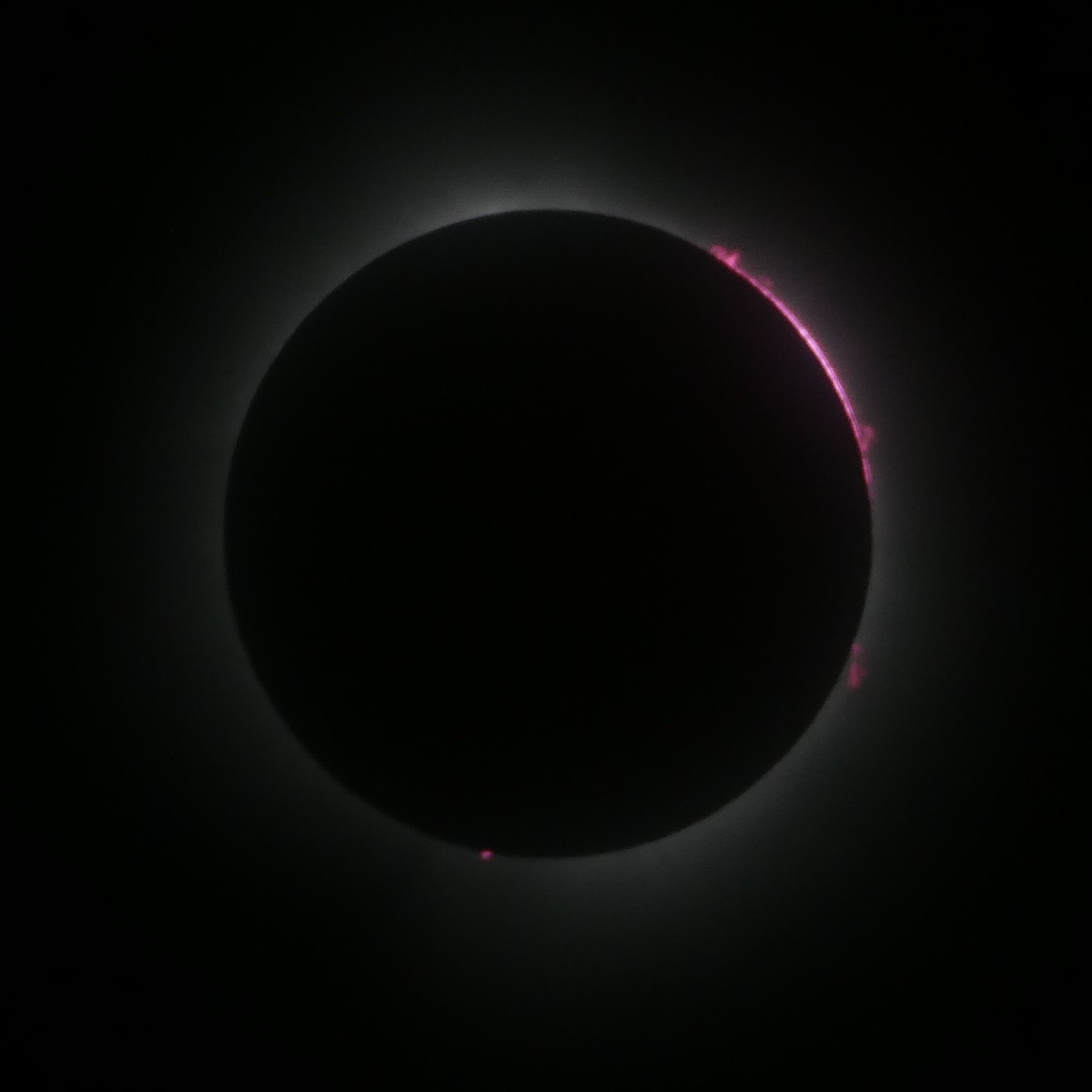
Apr 8, 15:26
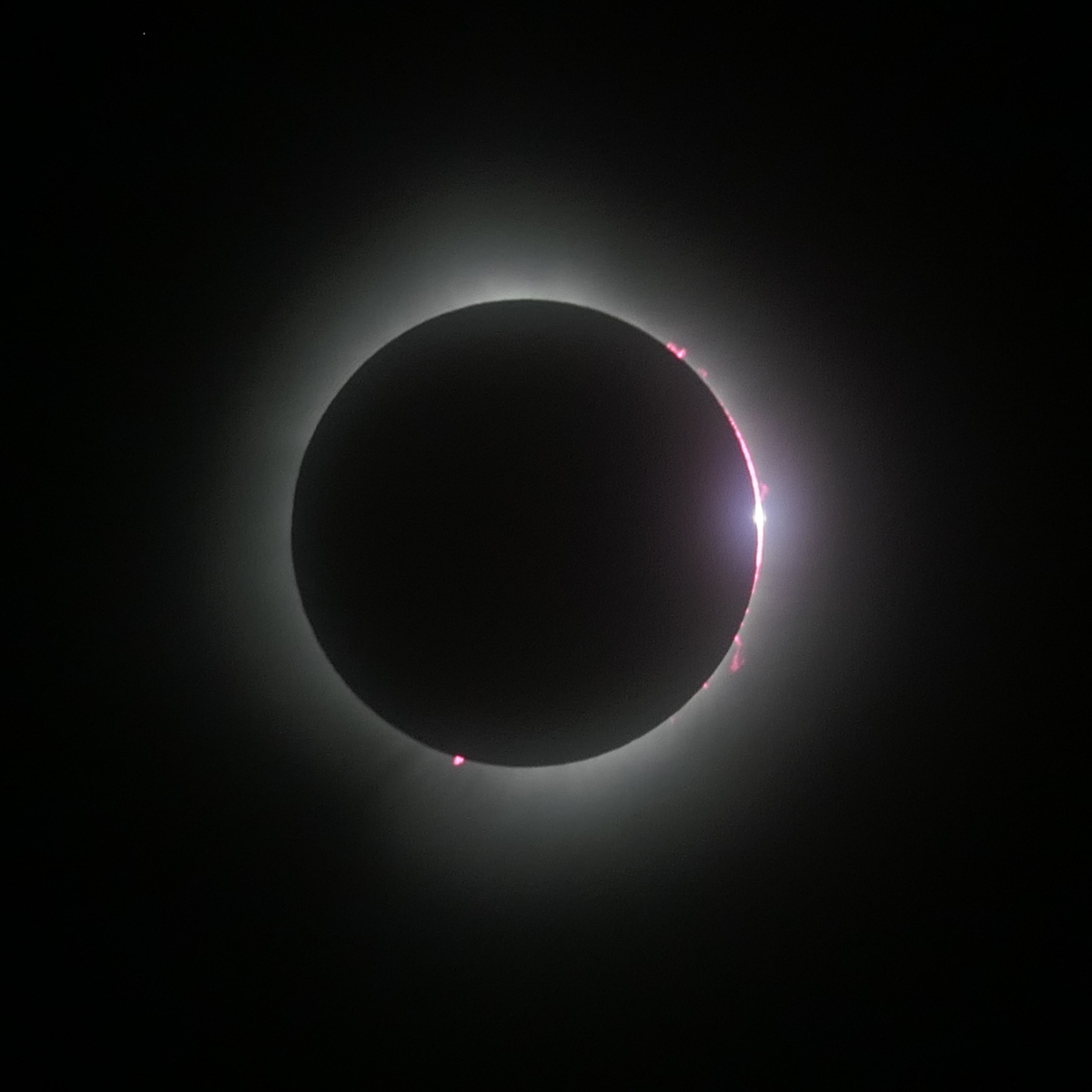
Apr 8, 15:27
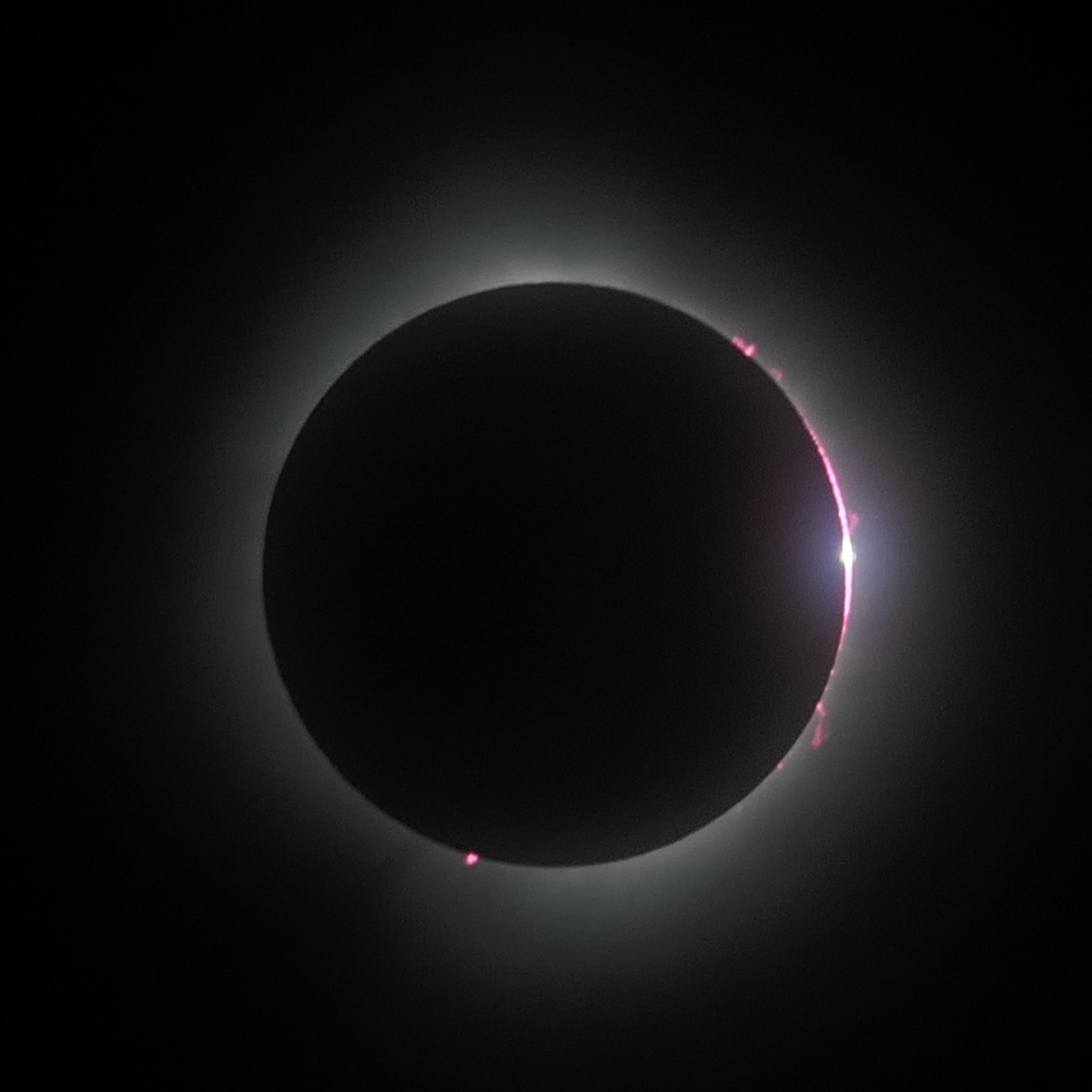
Apr 8, 15:27
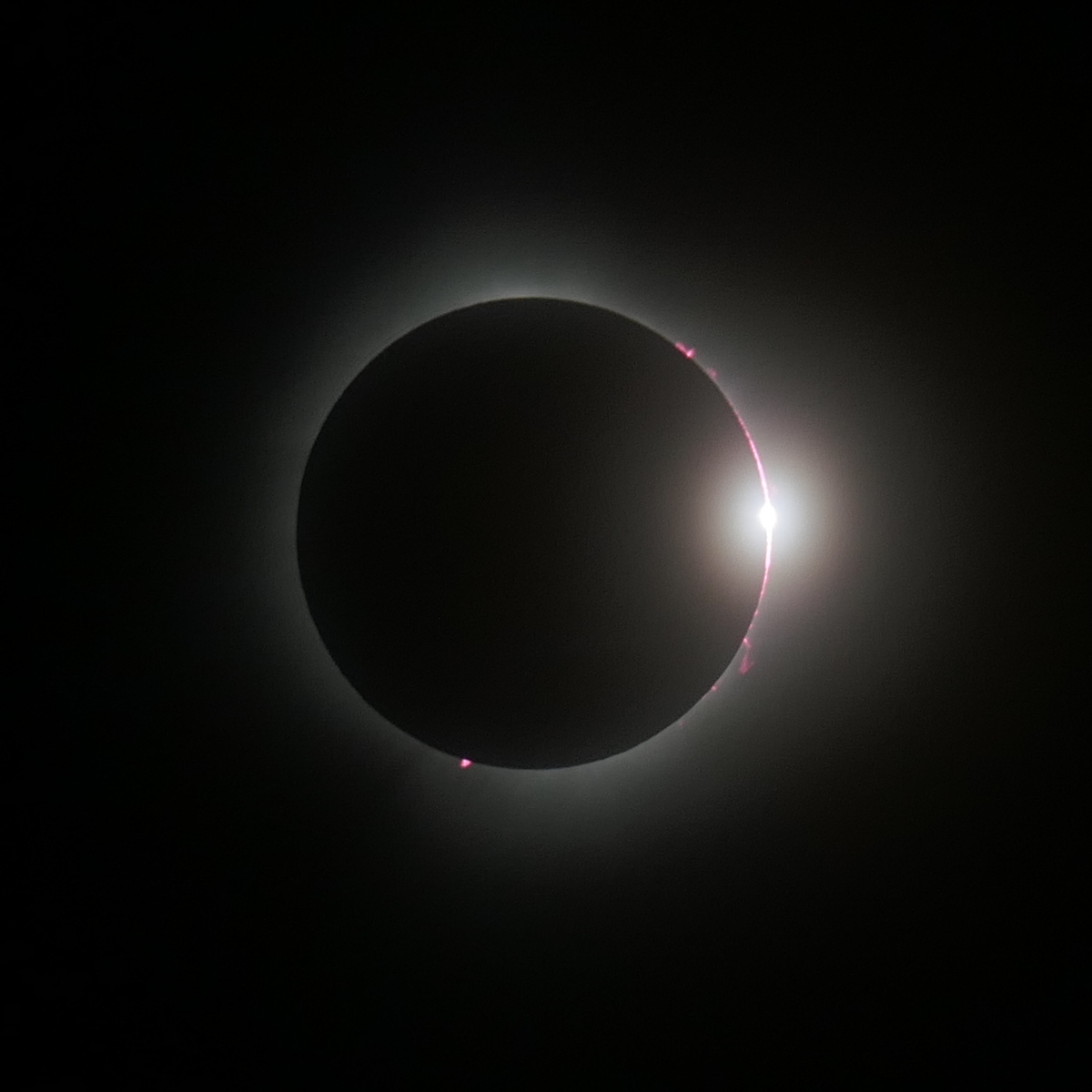
Apr 8, 15:27
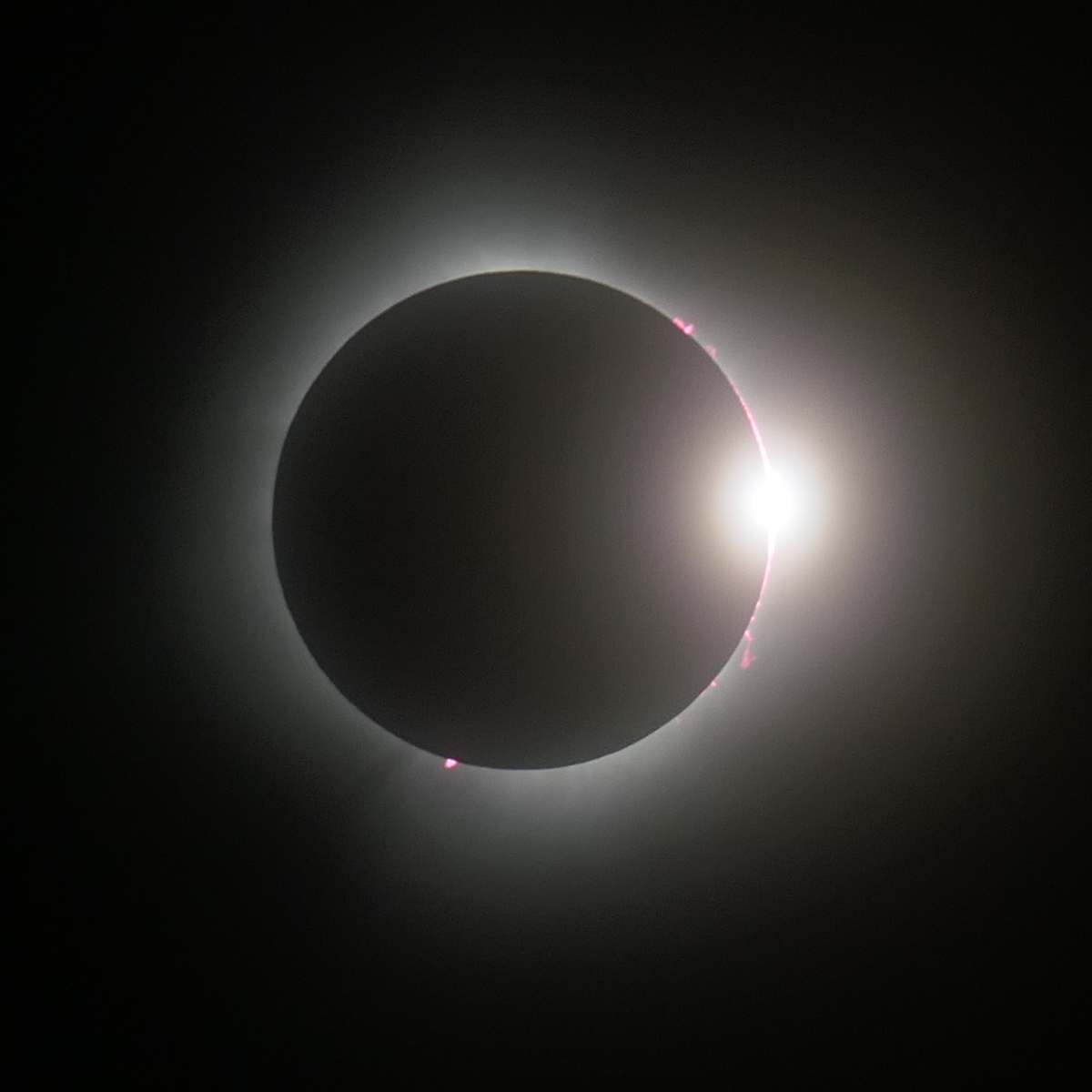
Apr 8, 15:27
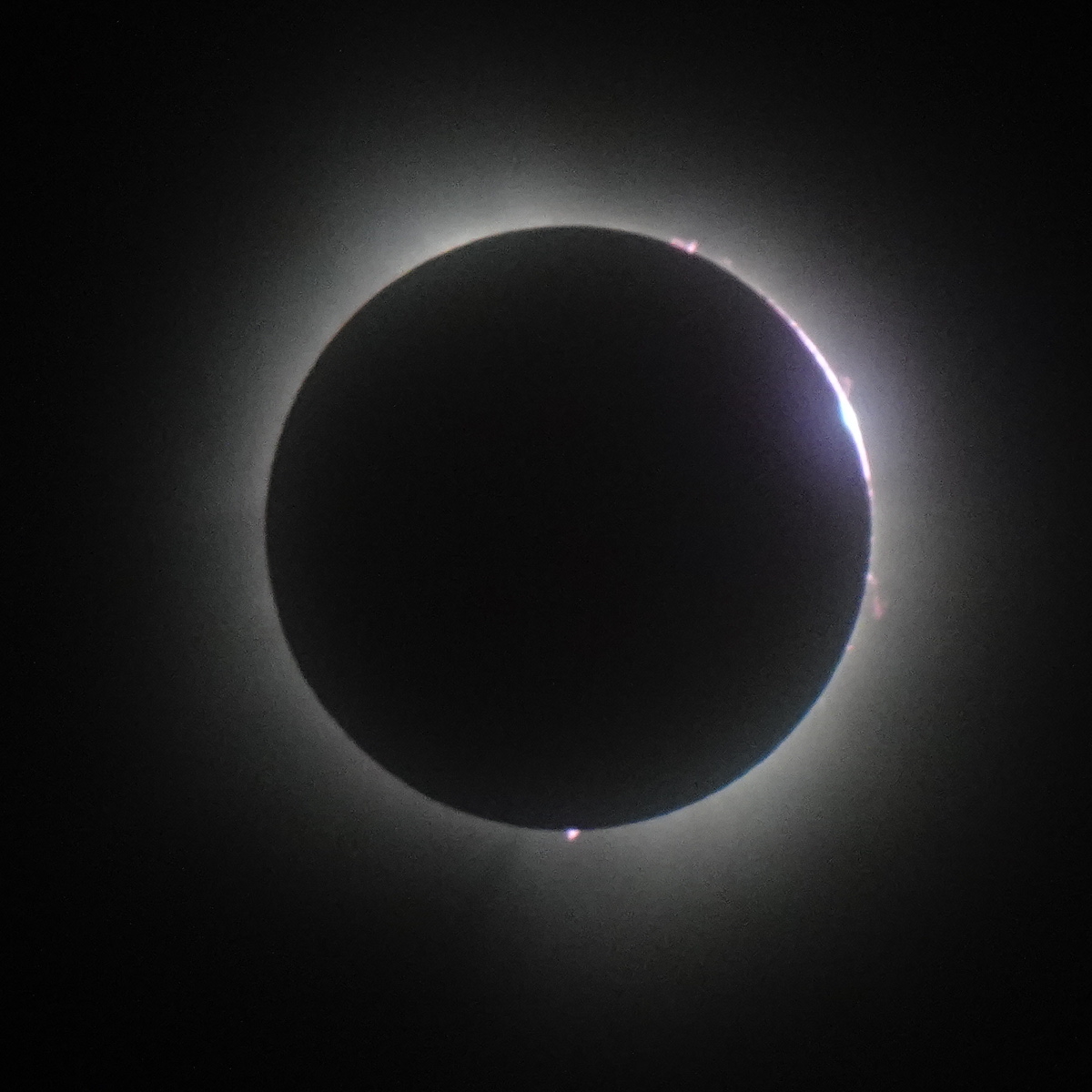
Apr 8, 15:27
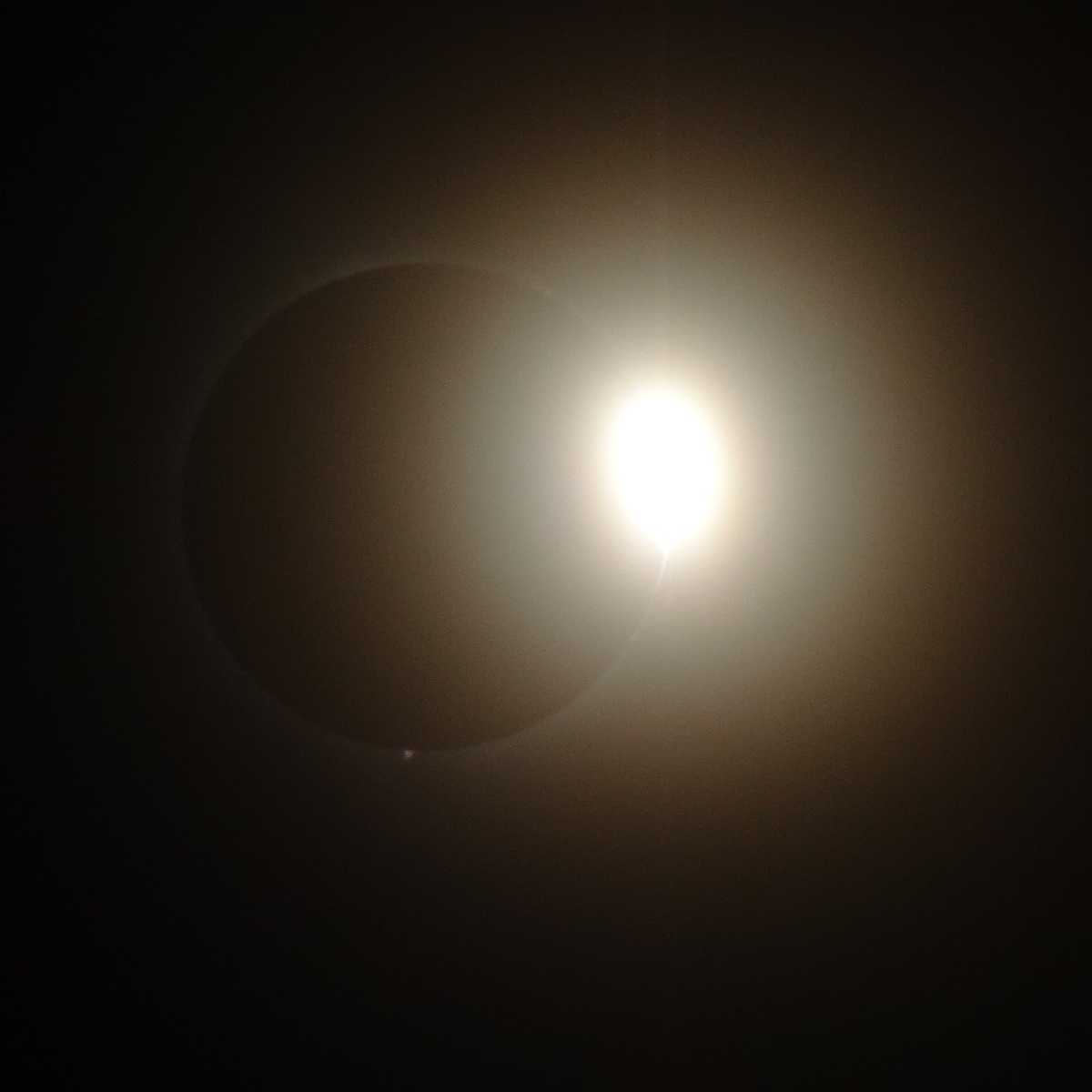
Apr 8, 15:27, the sun emerges on the other side. Time to put the filter back on.
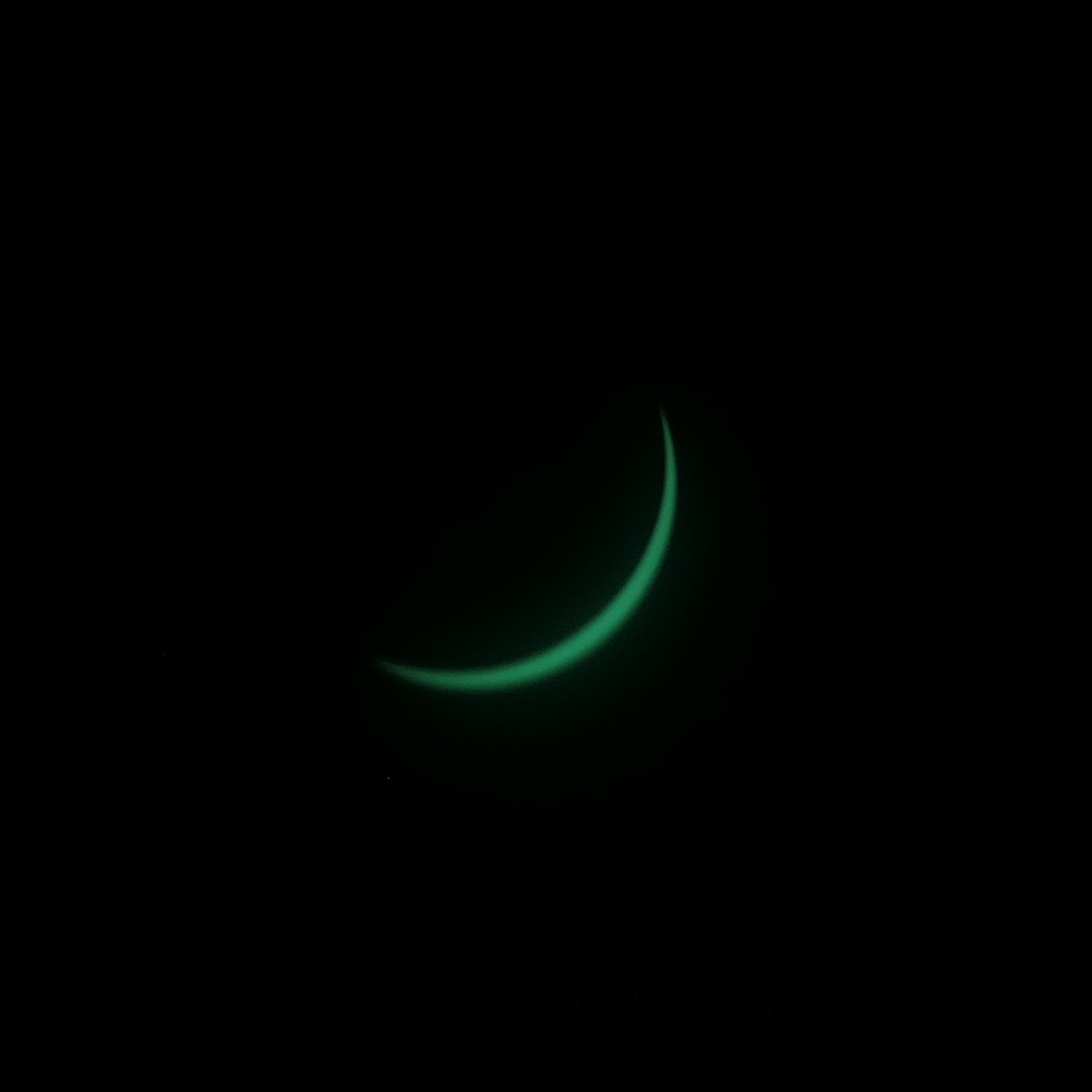
Apr 8, 15:31
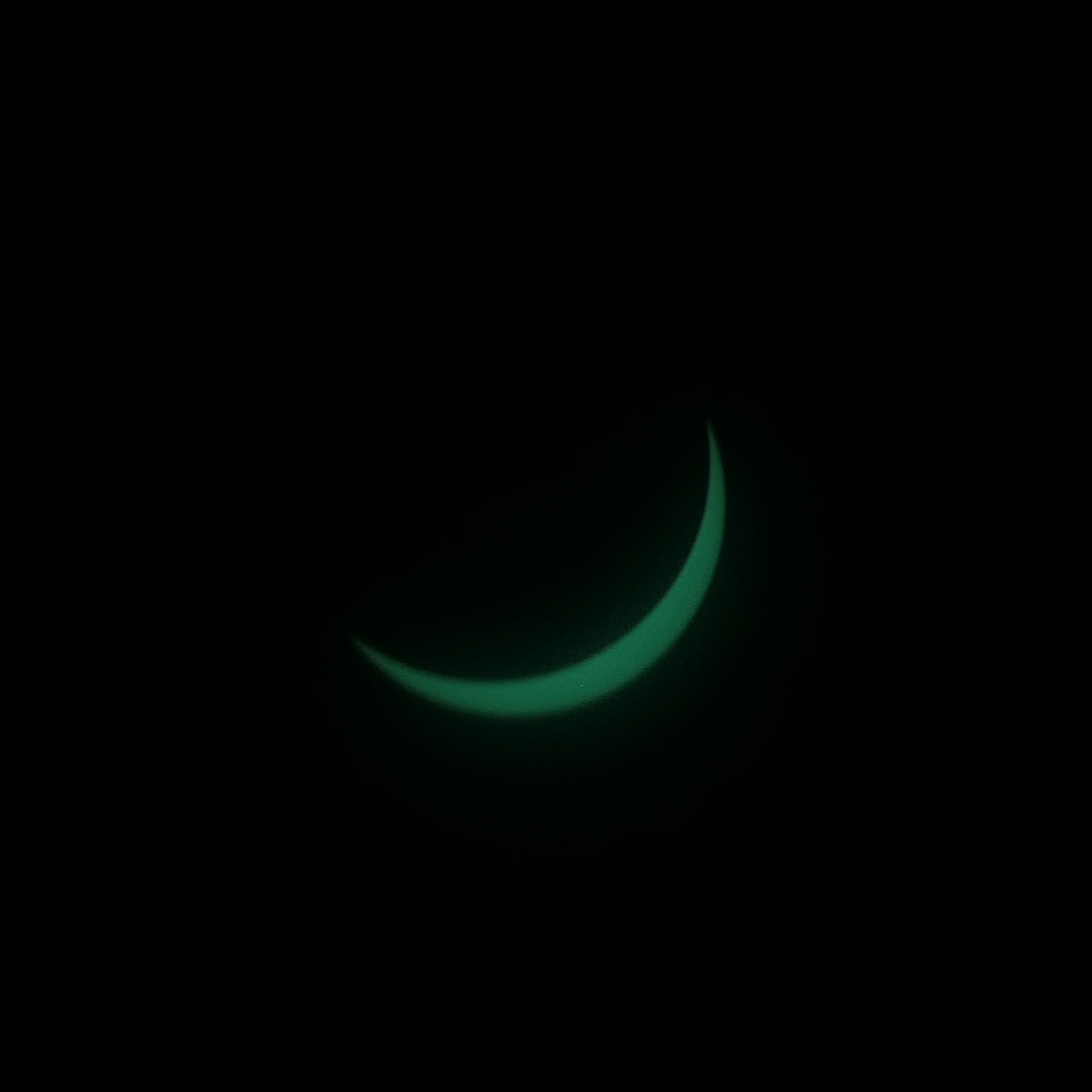
Apr 8, 15:35
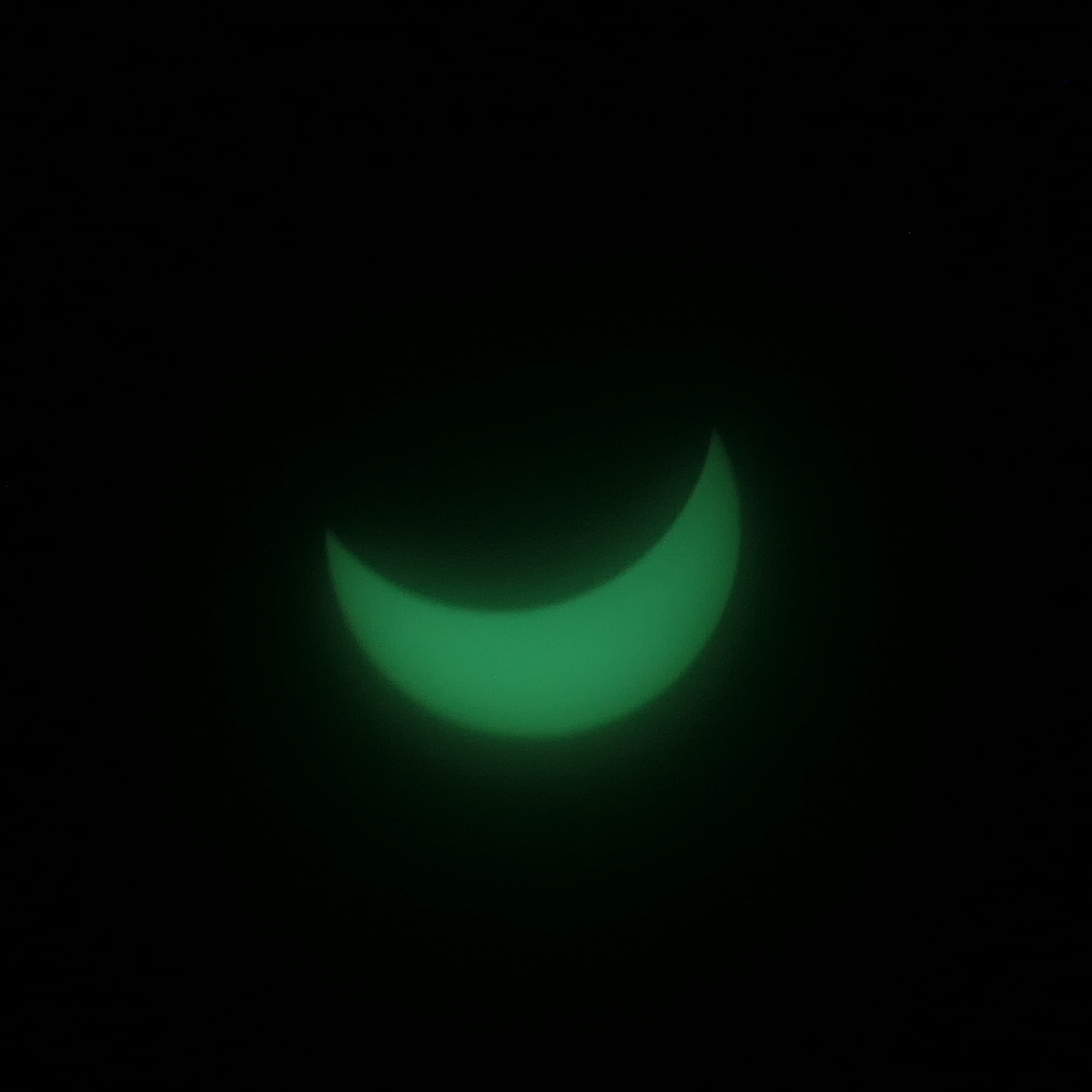
Apr 8, 15:50
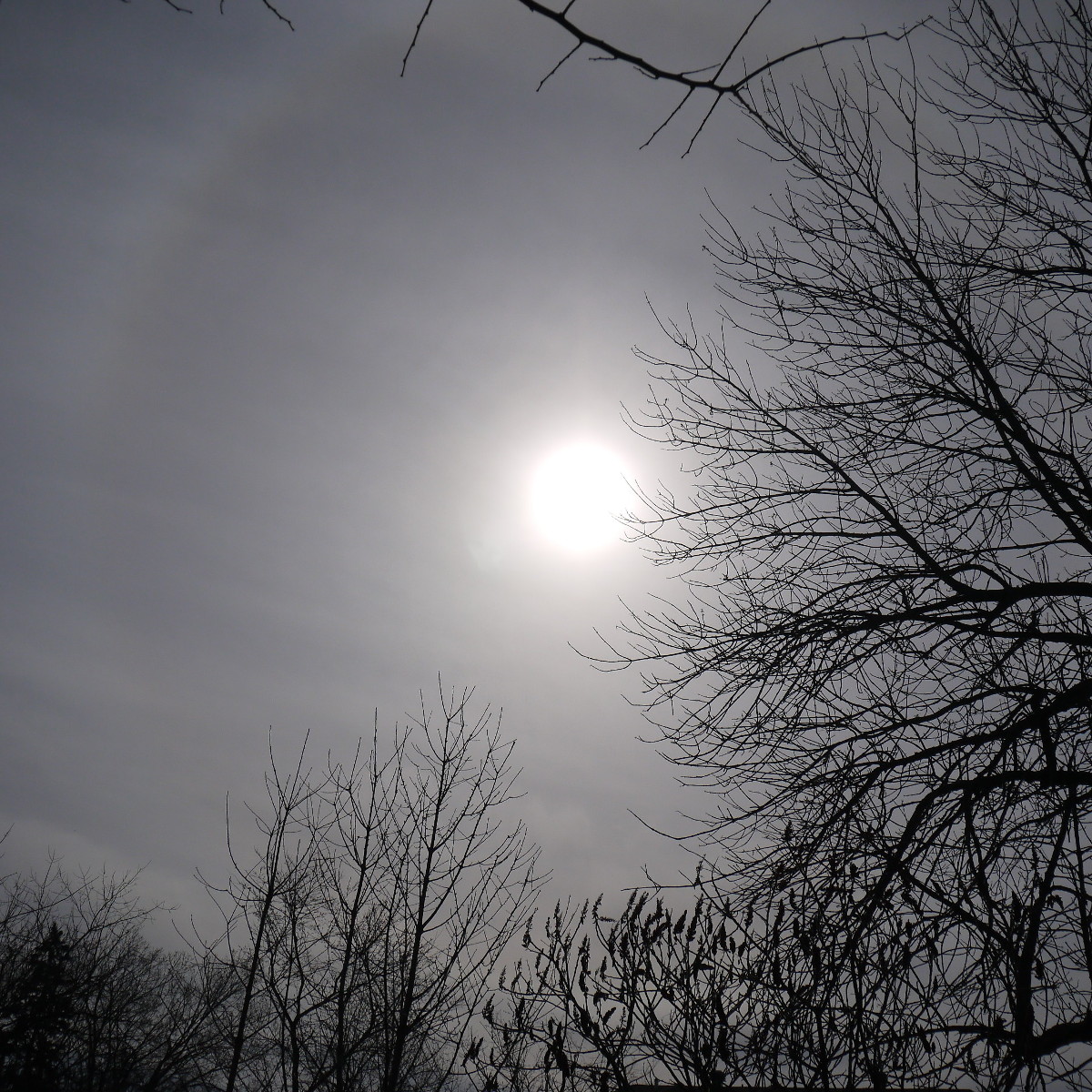
Apr 8, 15:54
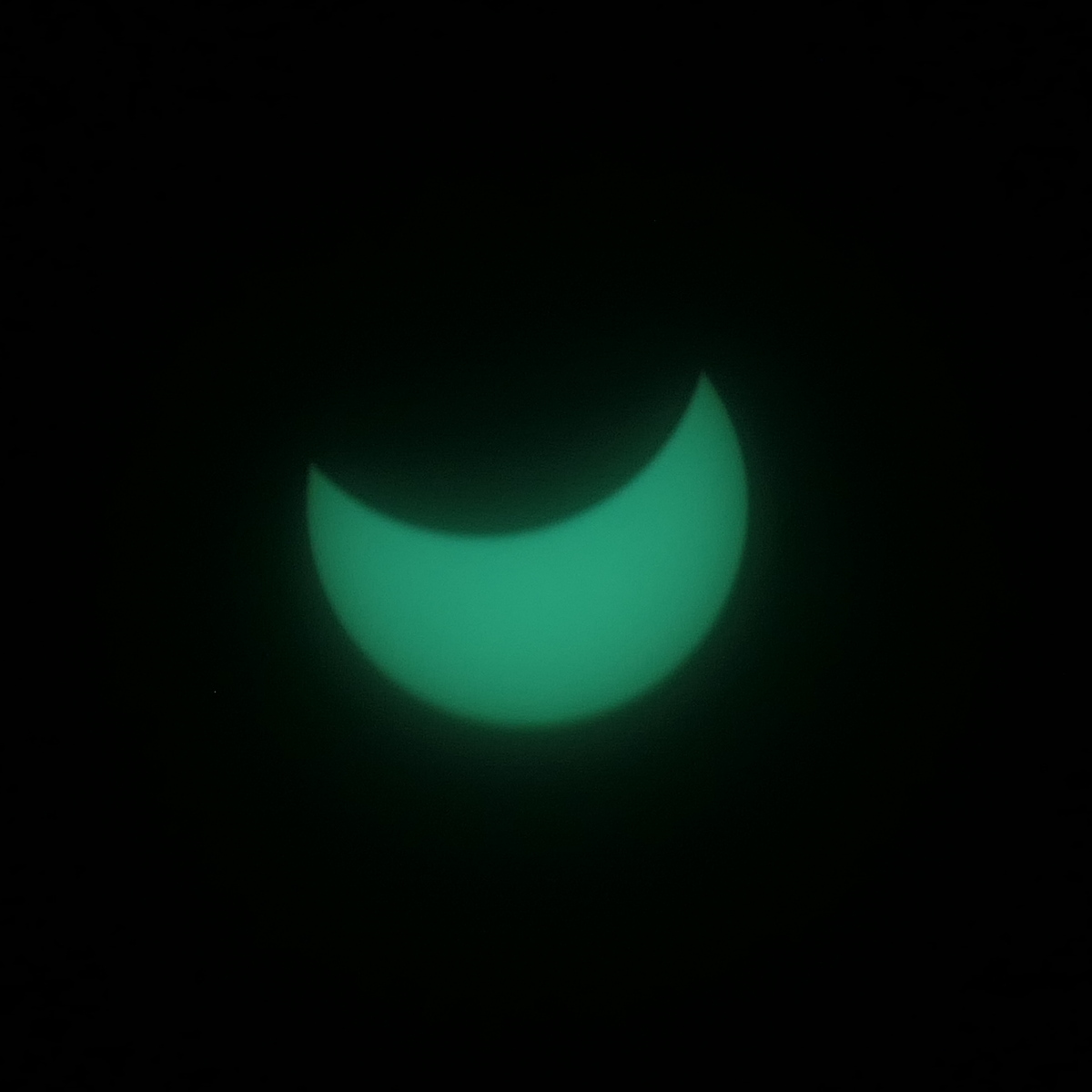
Apr 8, 15:58
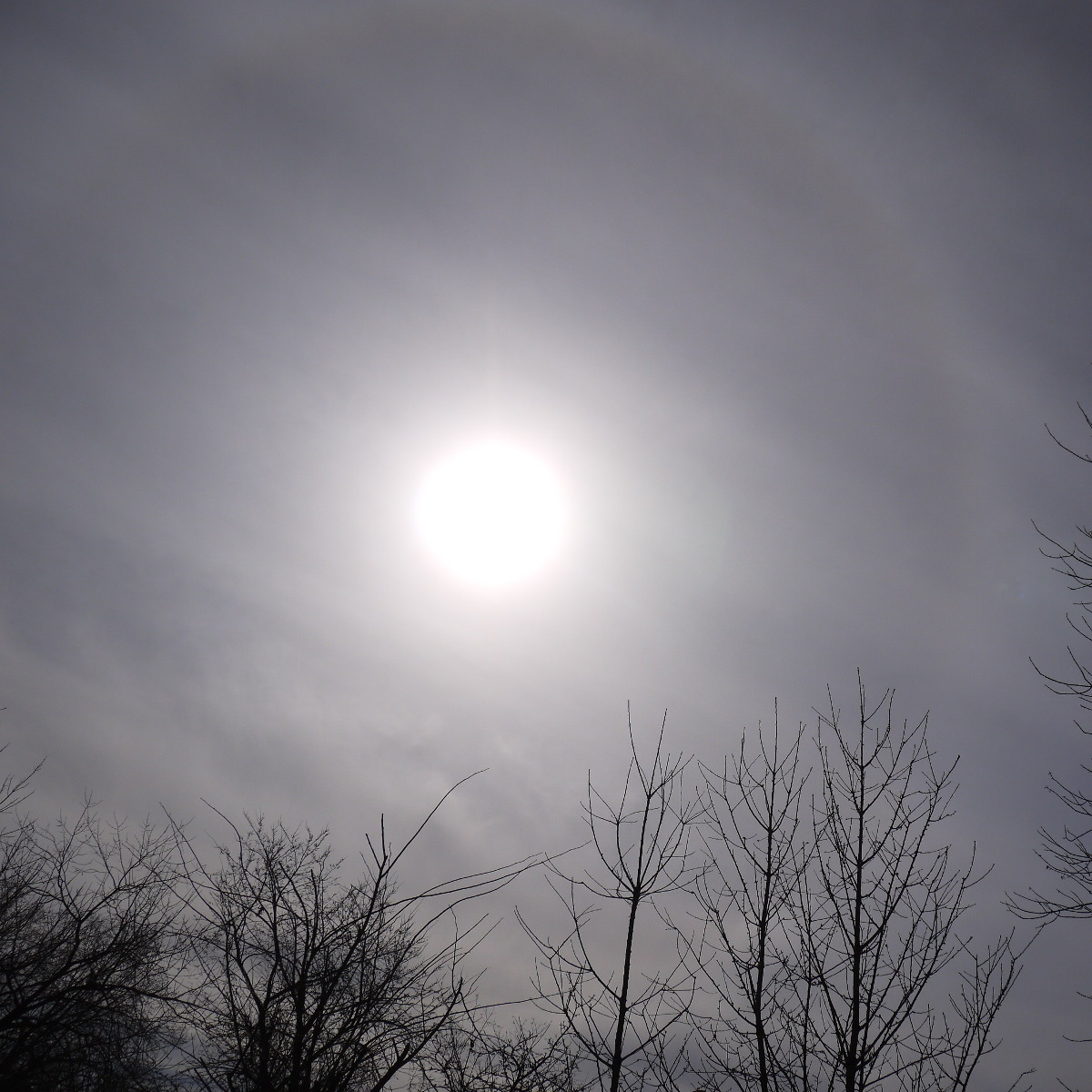
Apr 8, 16:02
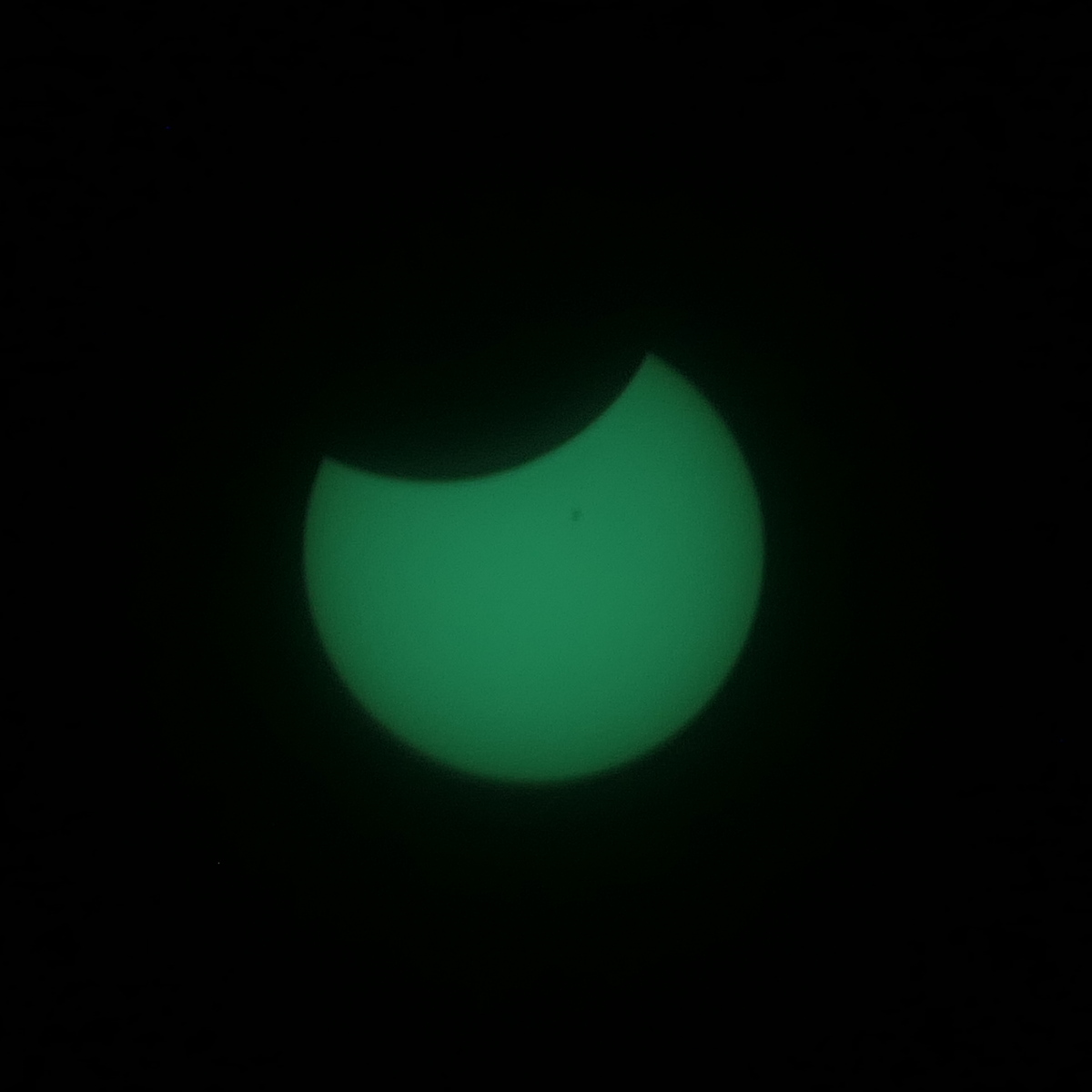
Apr 8, 16:15
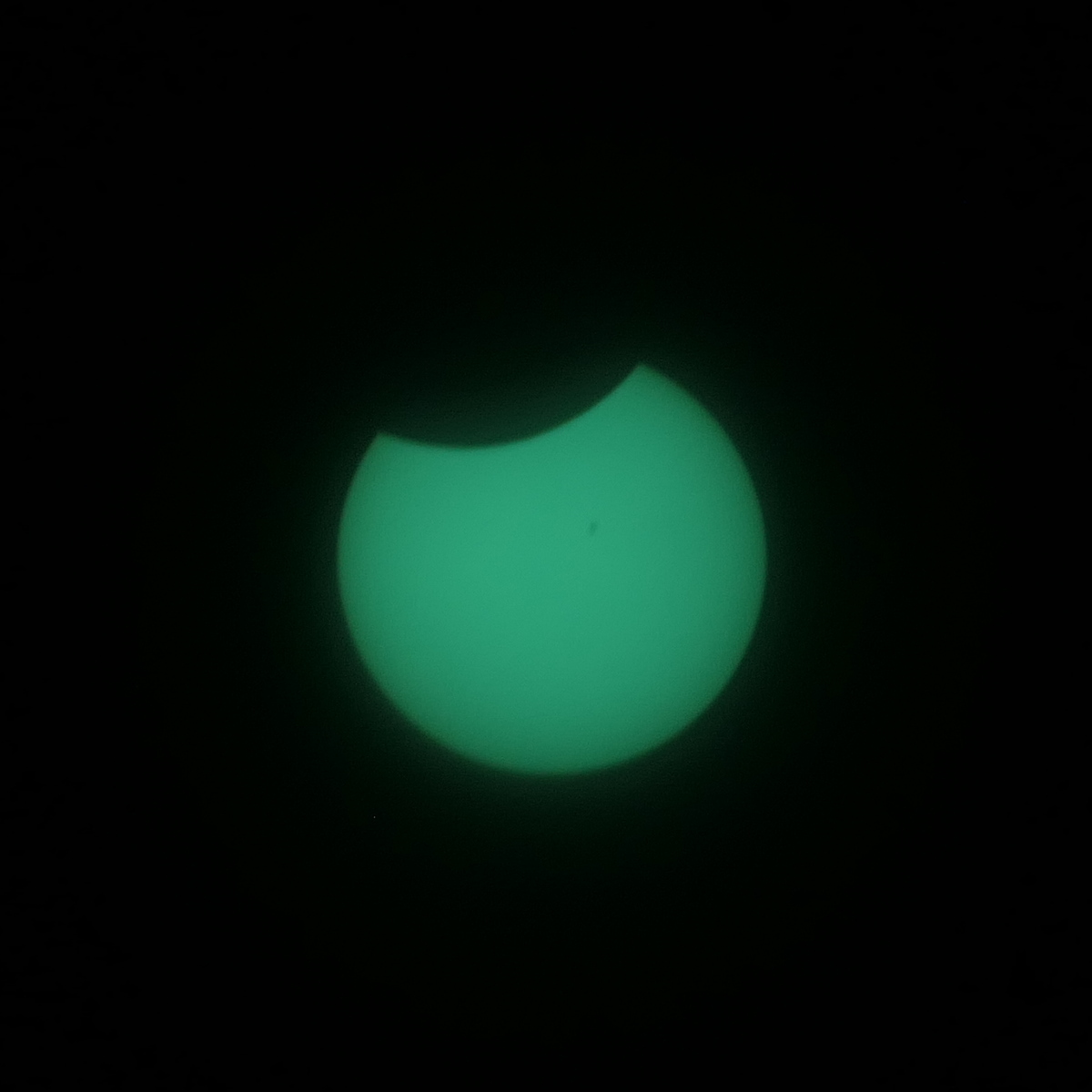
Apr 8, 16:22
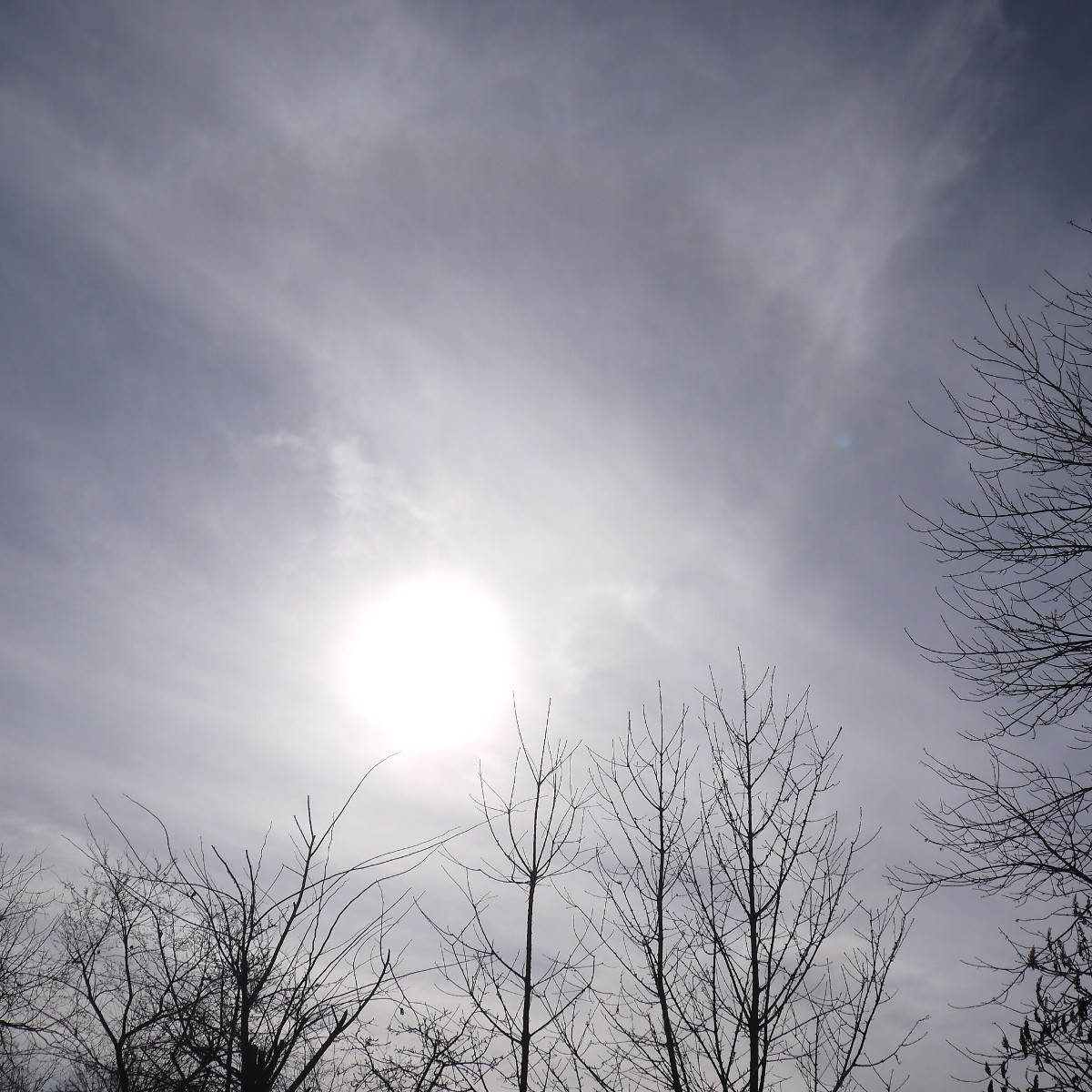
Apr 8, 16:33
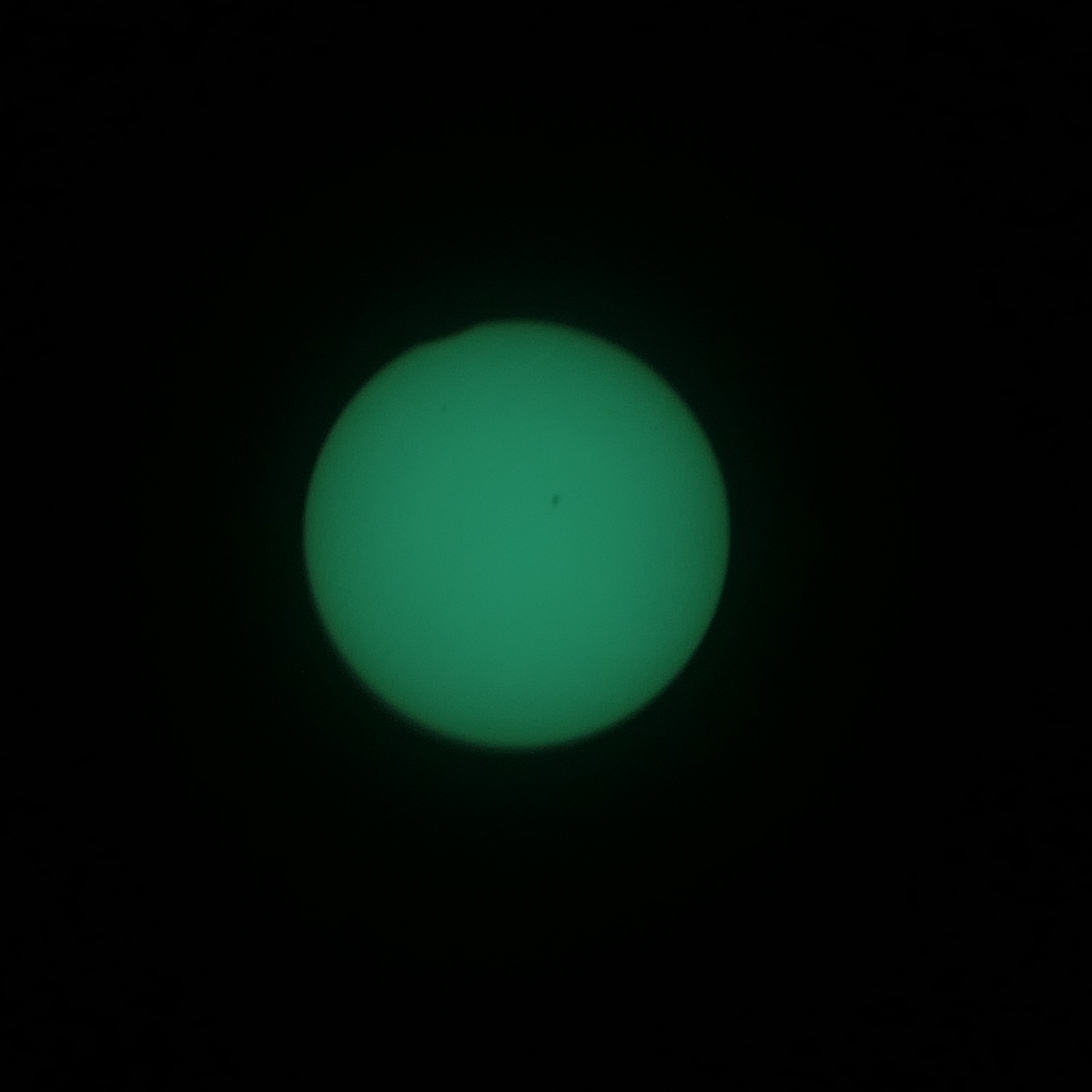
Apr 8, 16:35
© 2004-2024 Guido Socher


